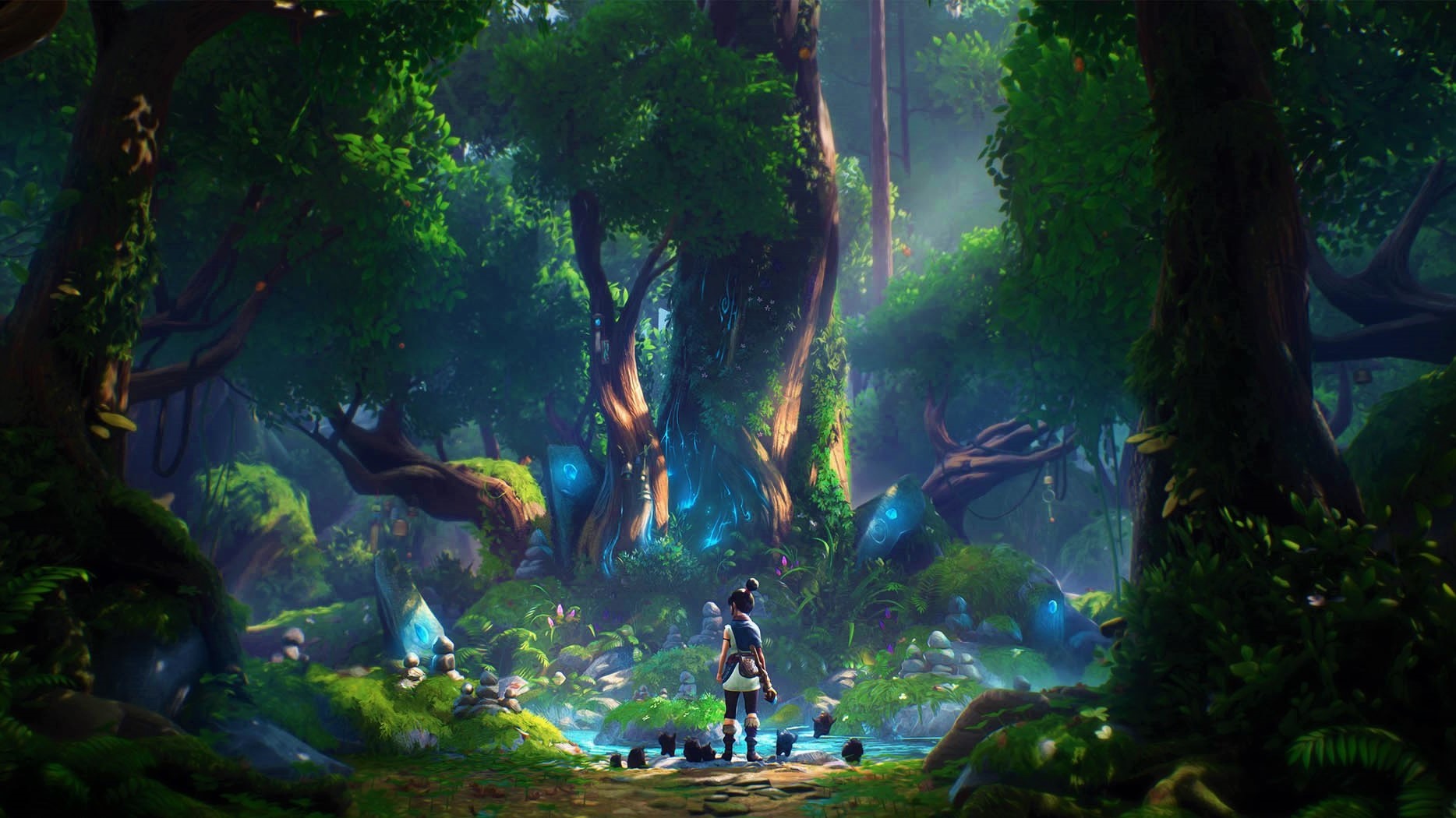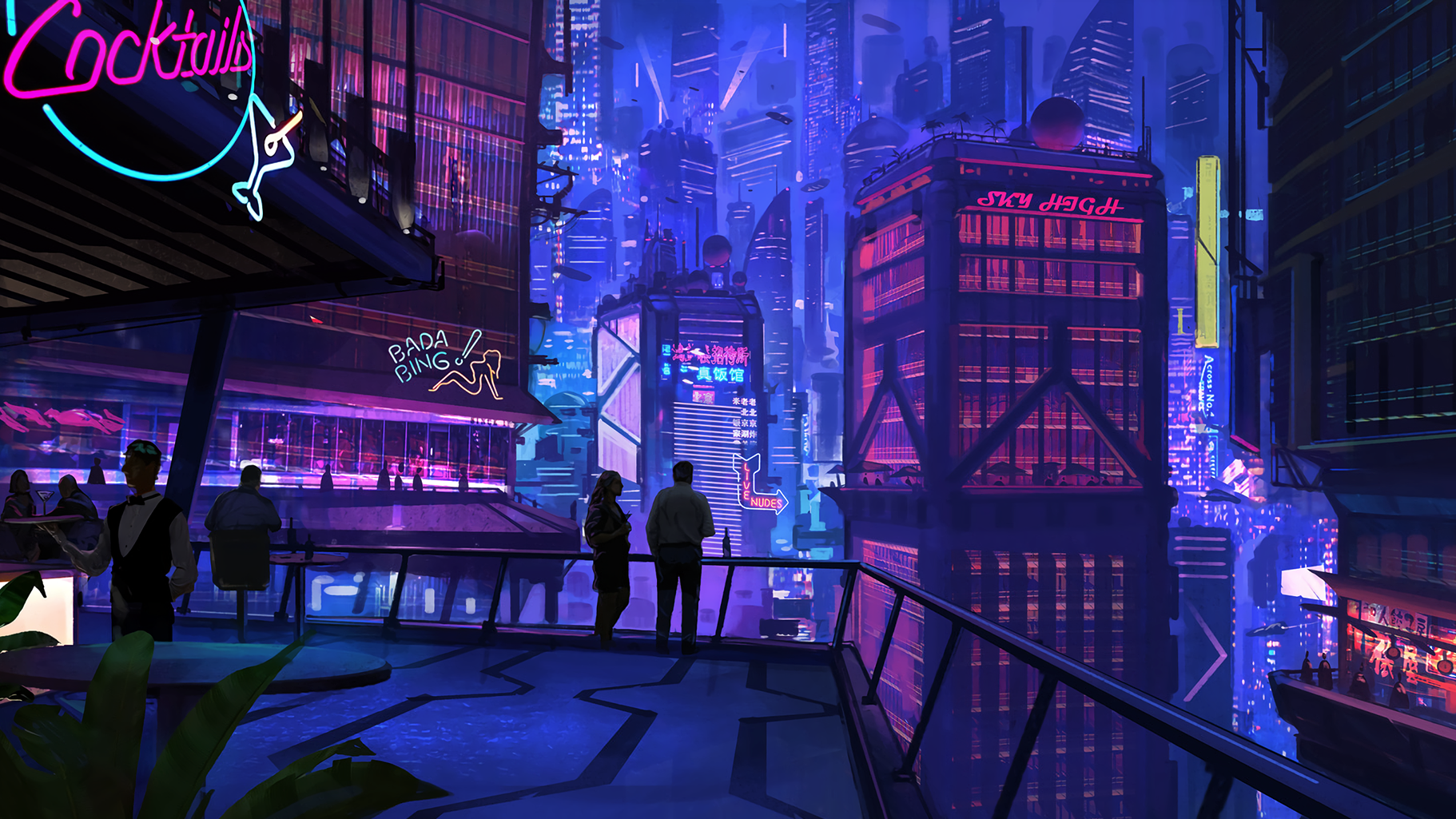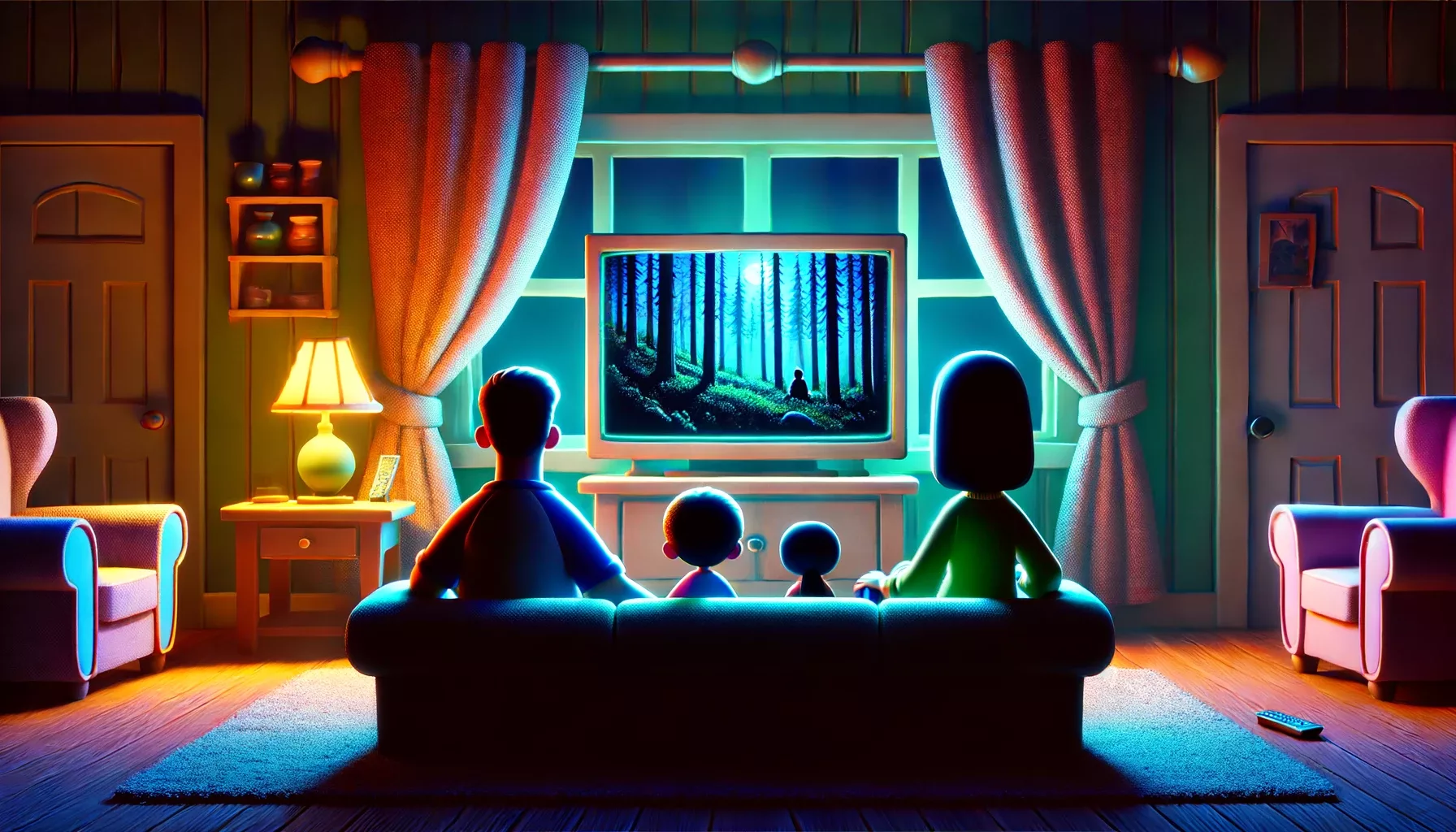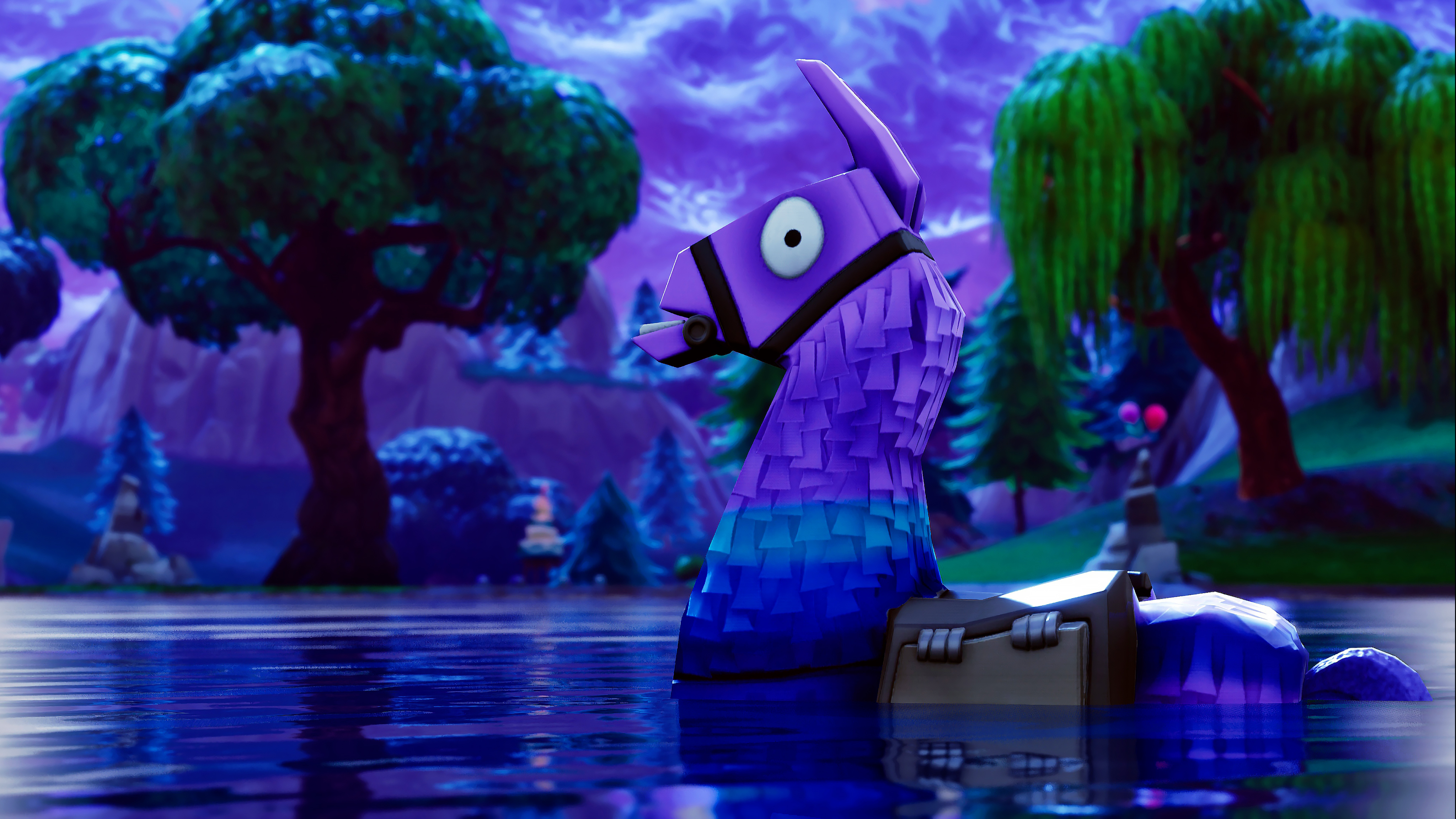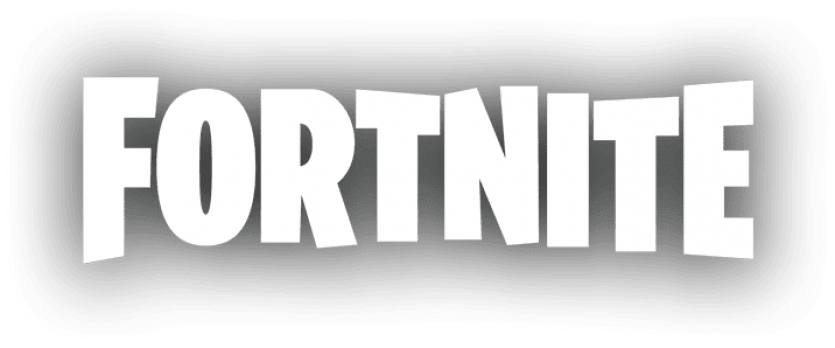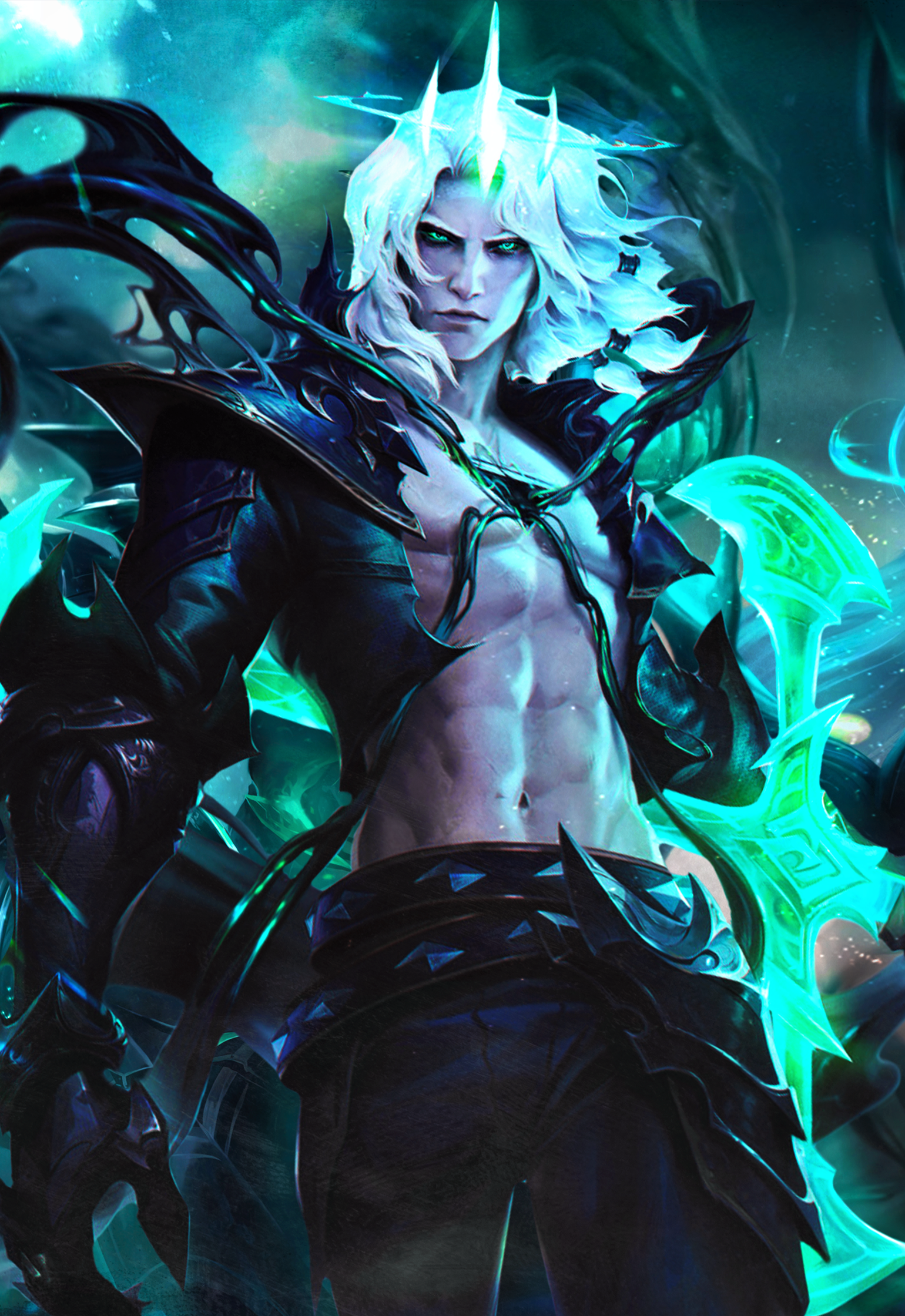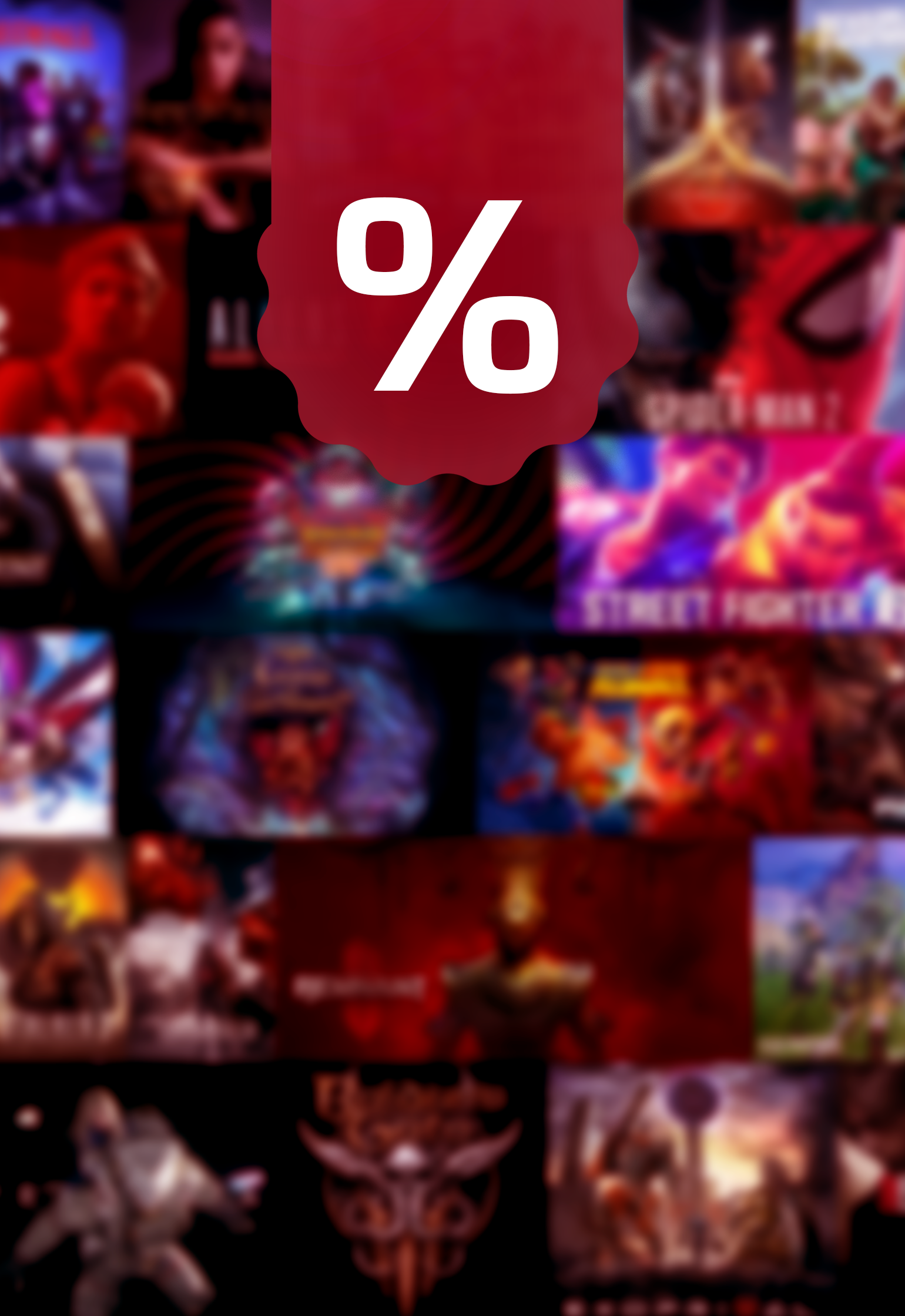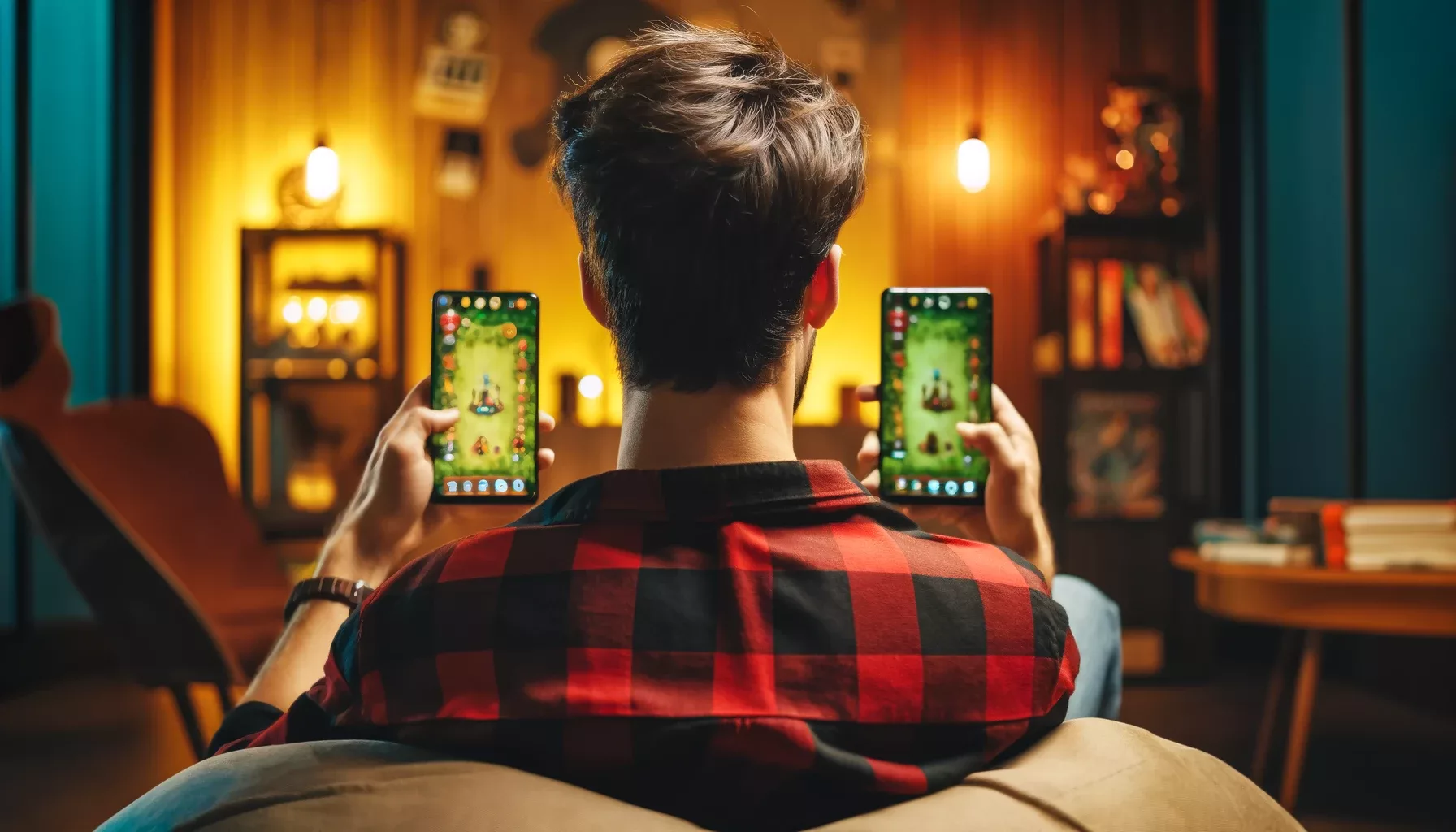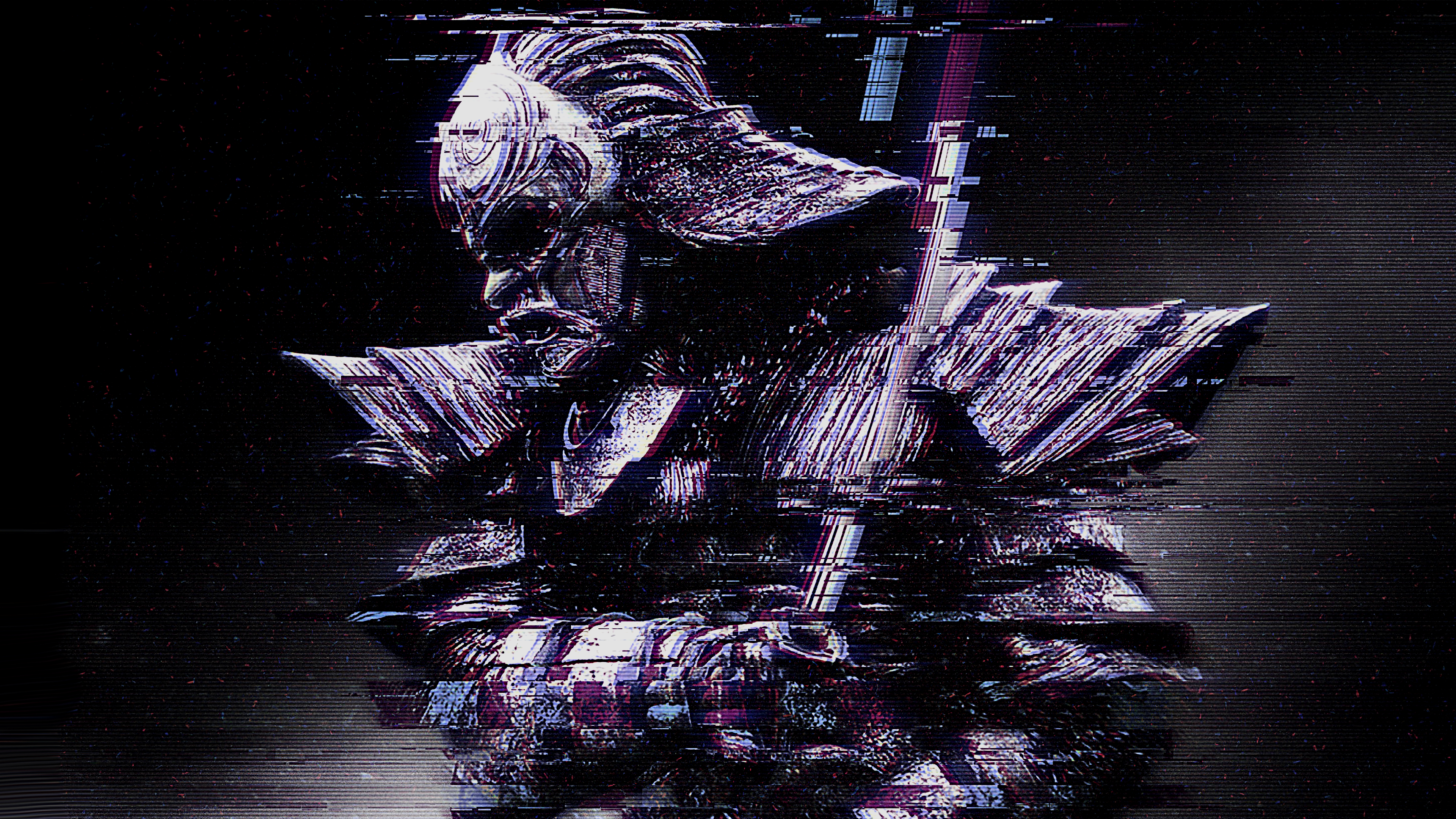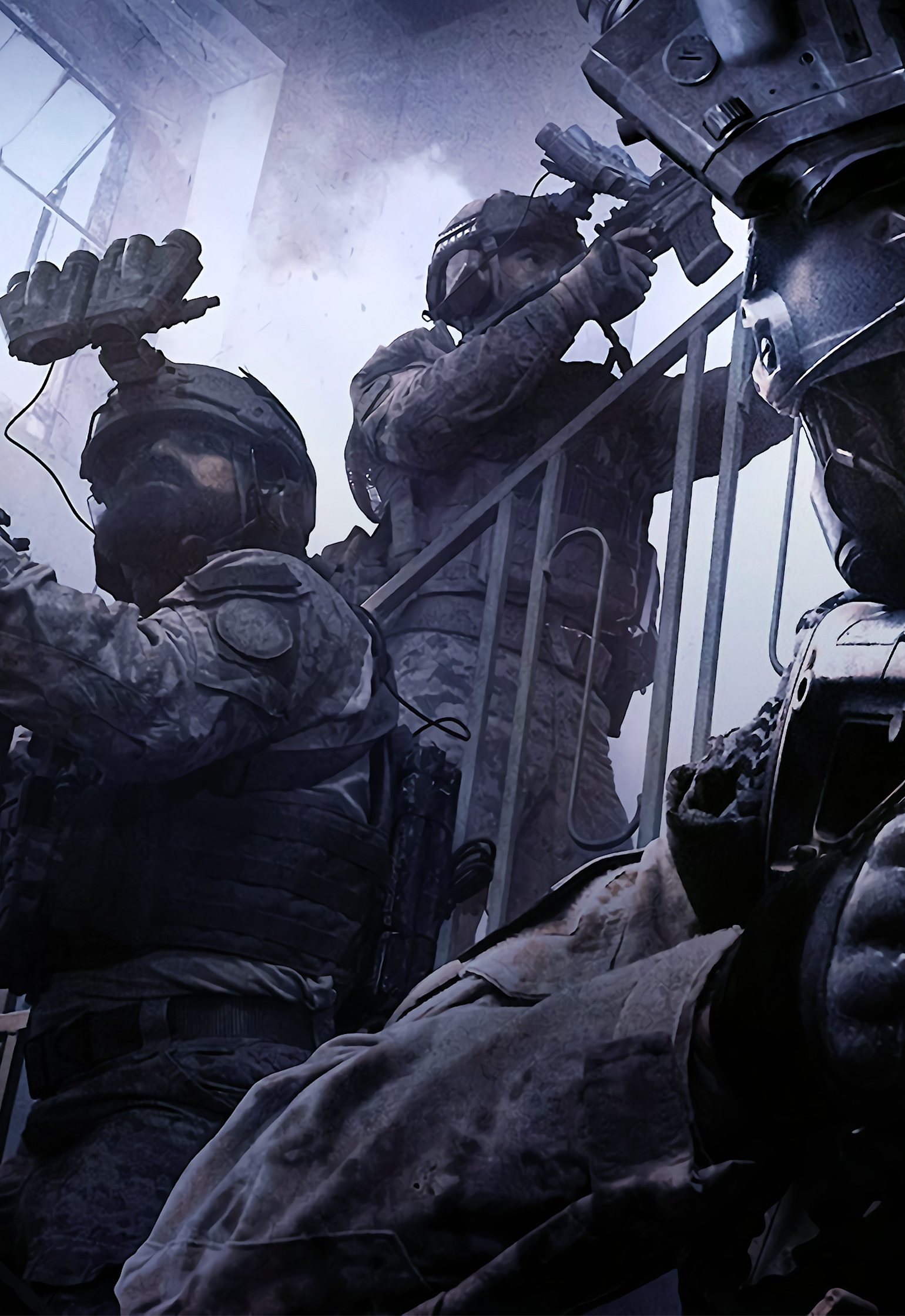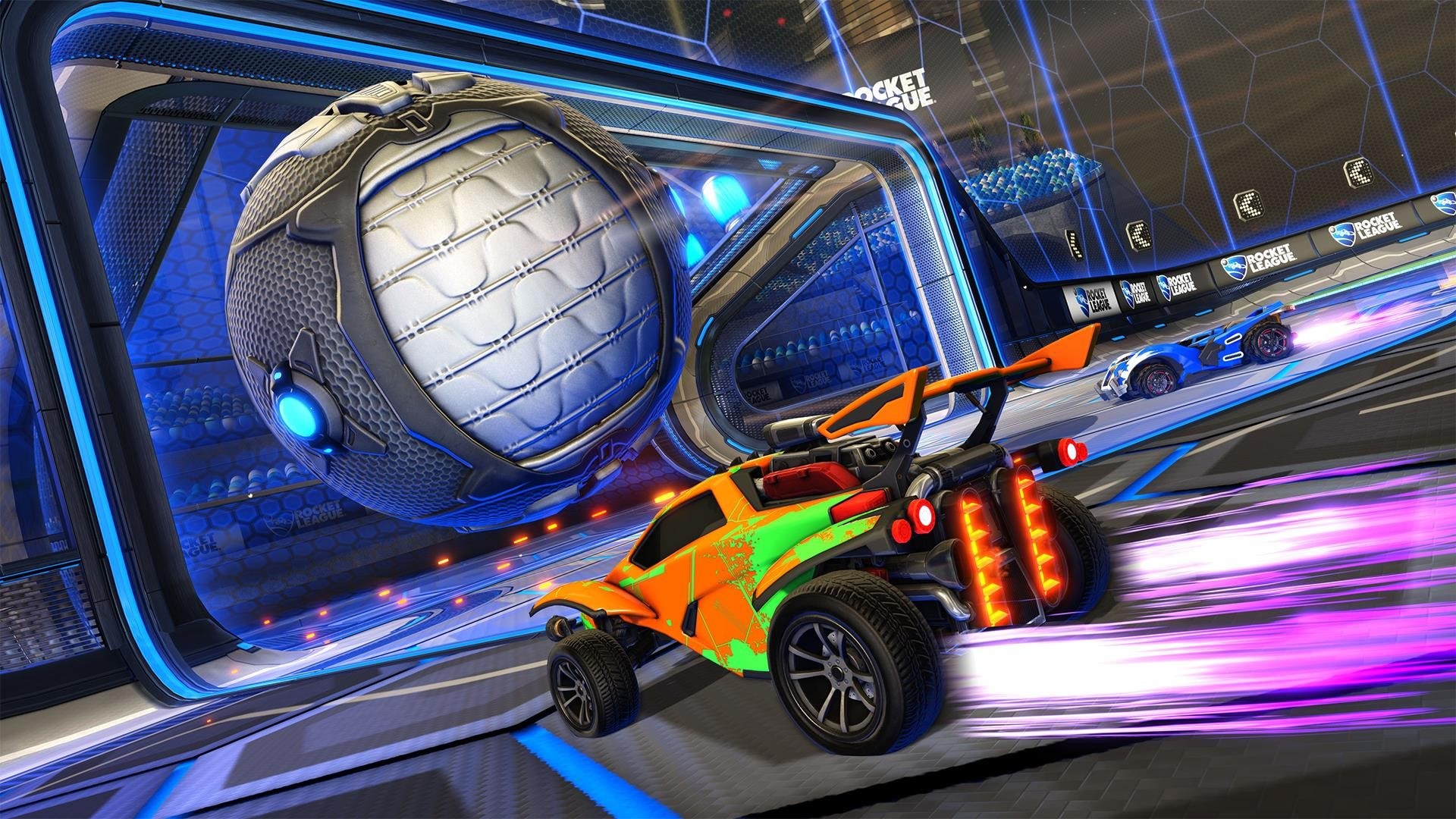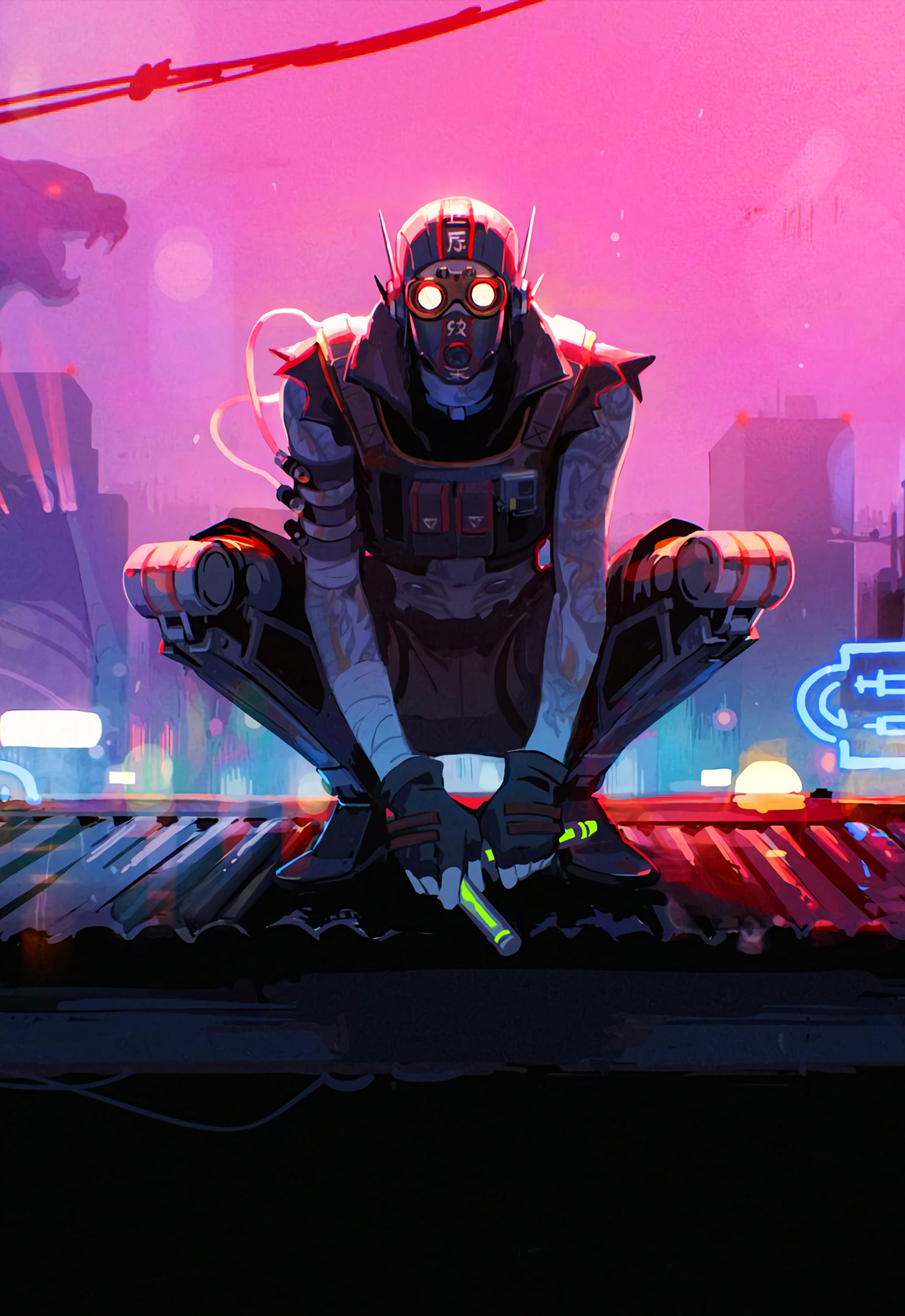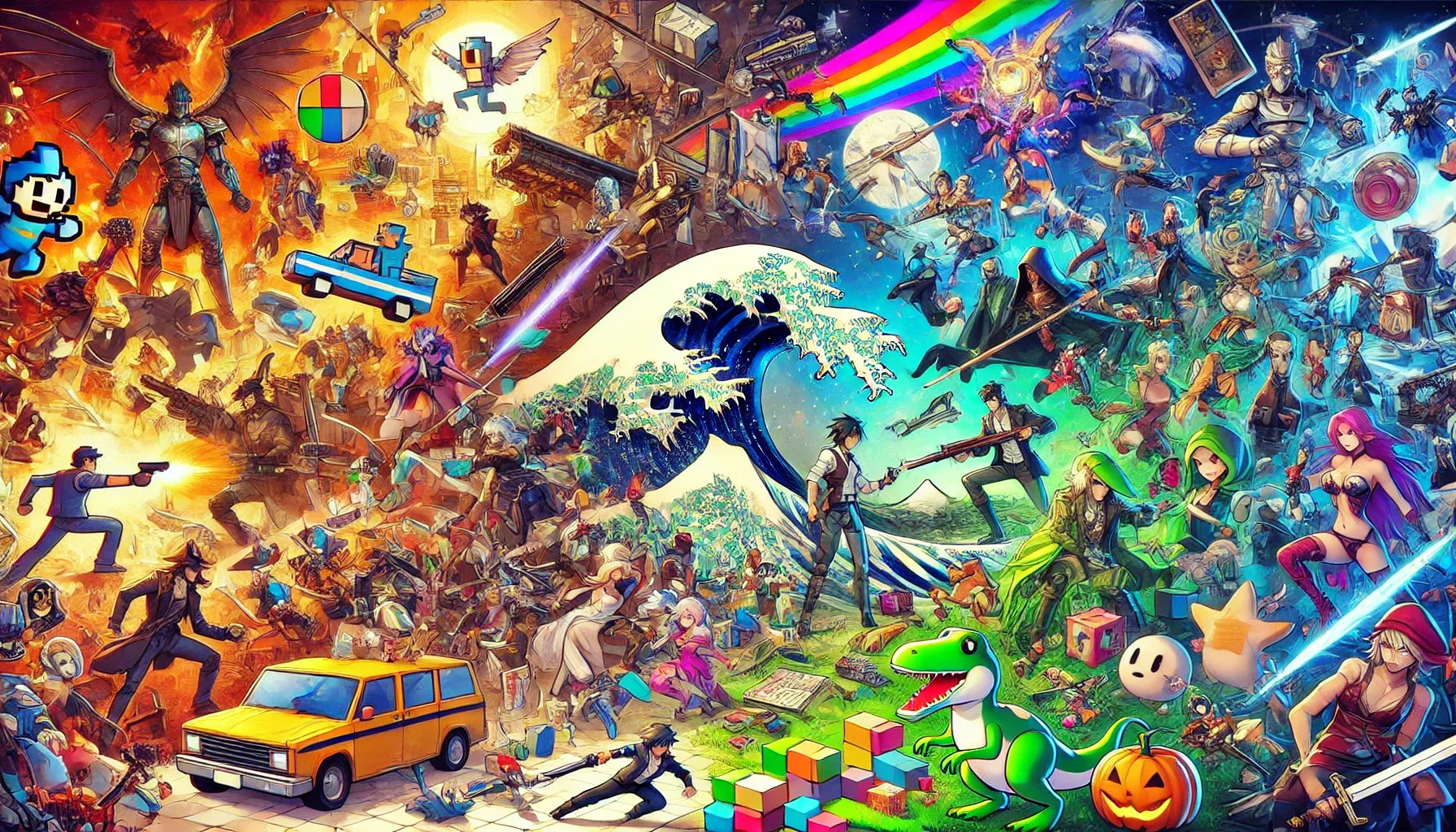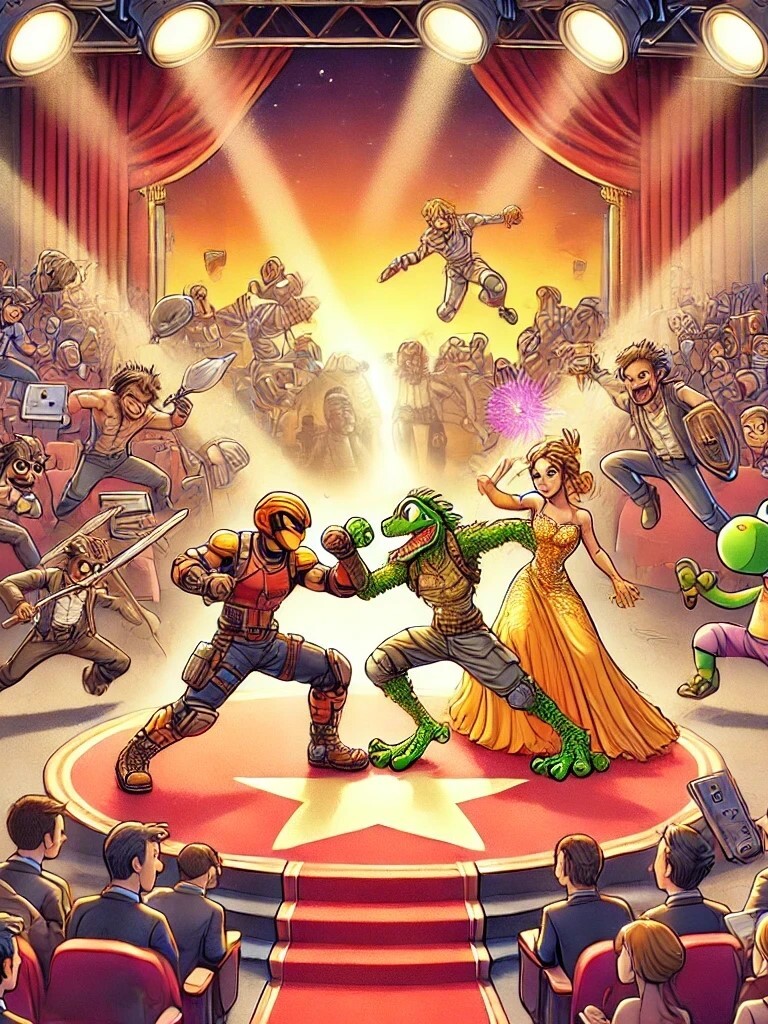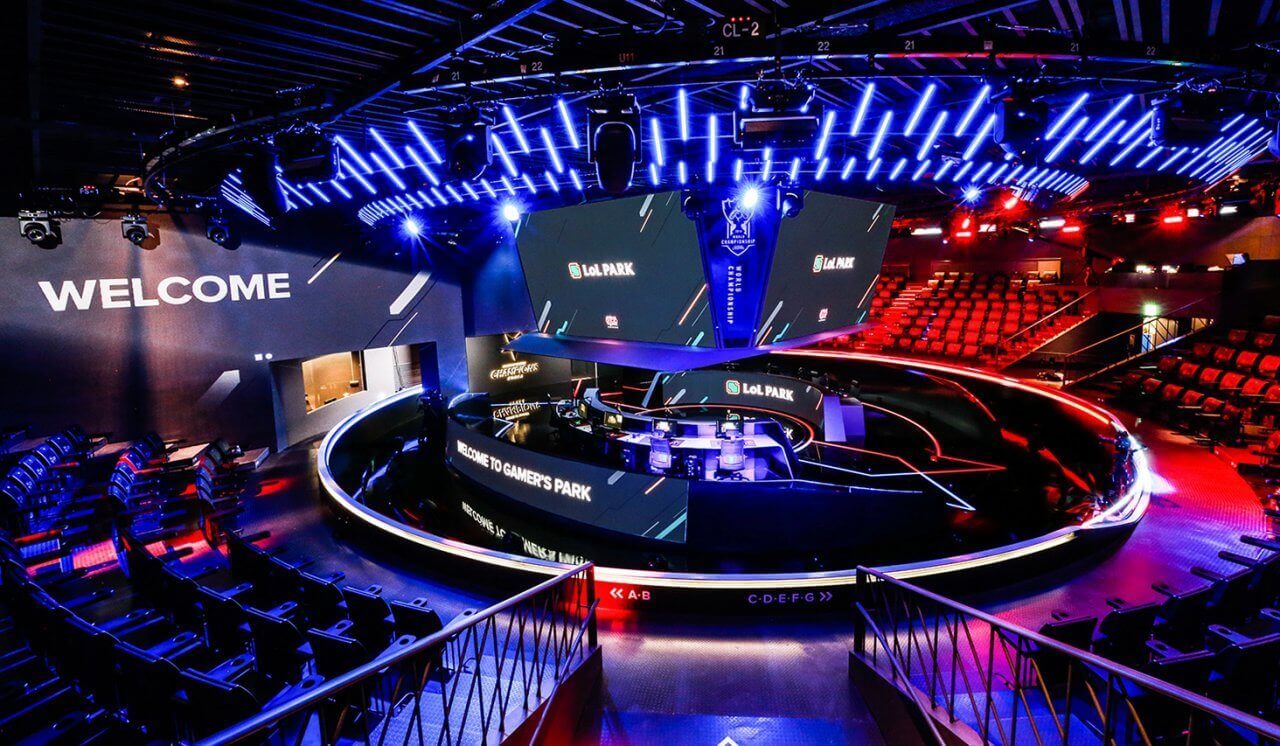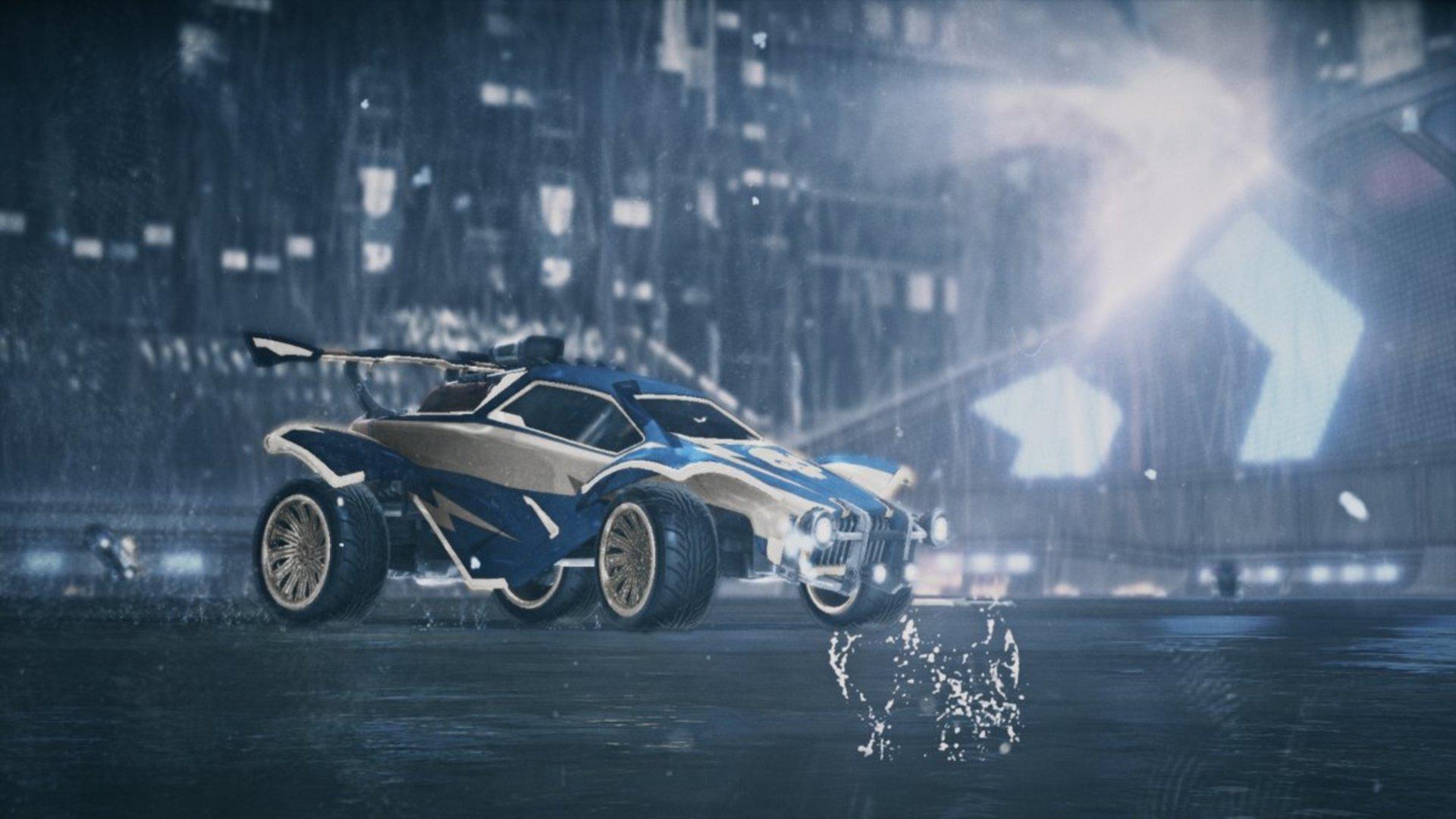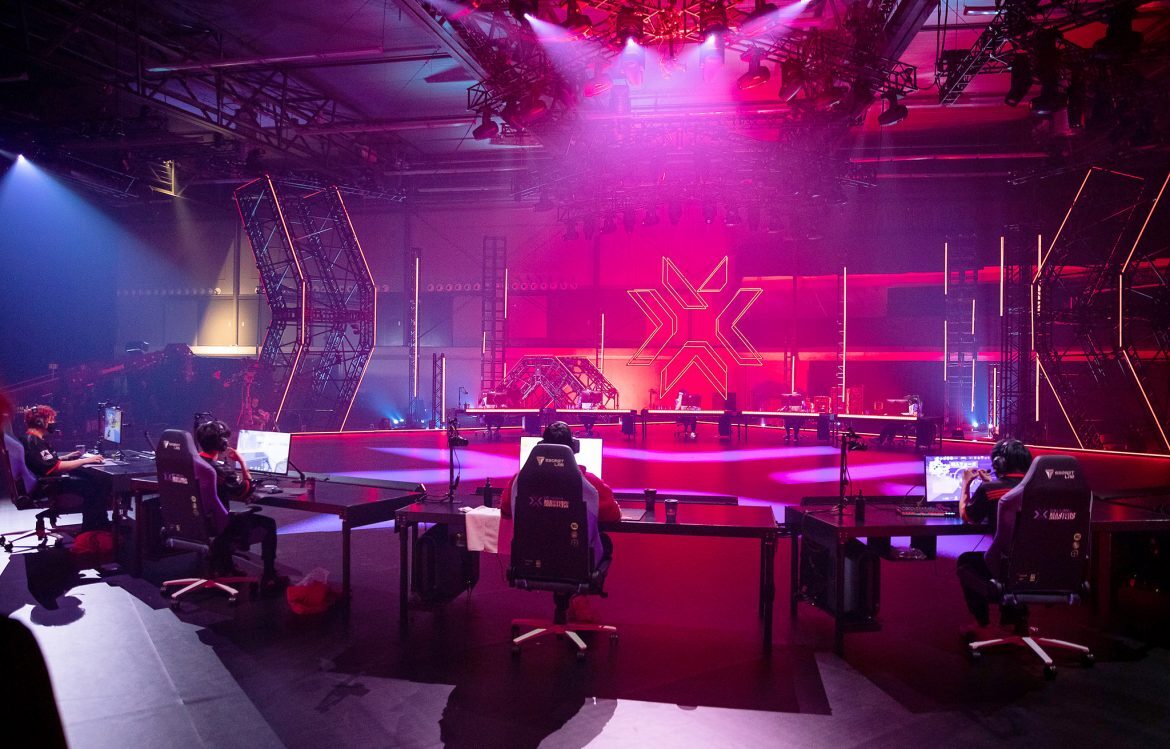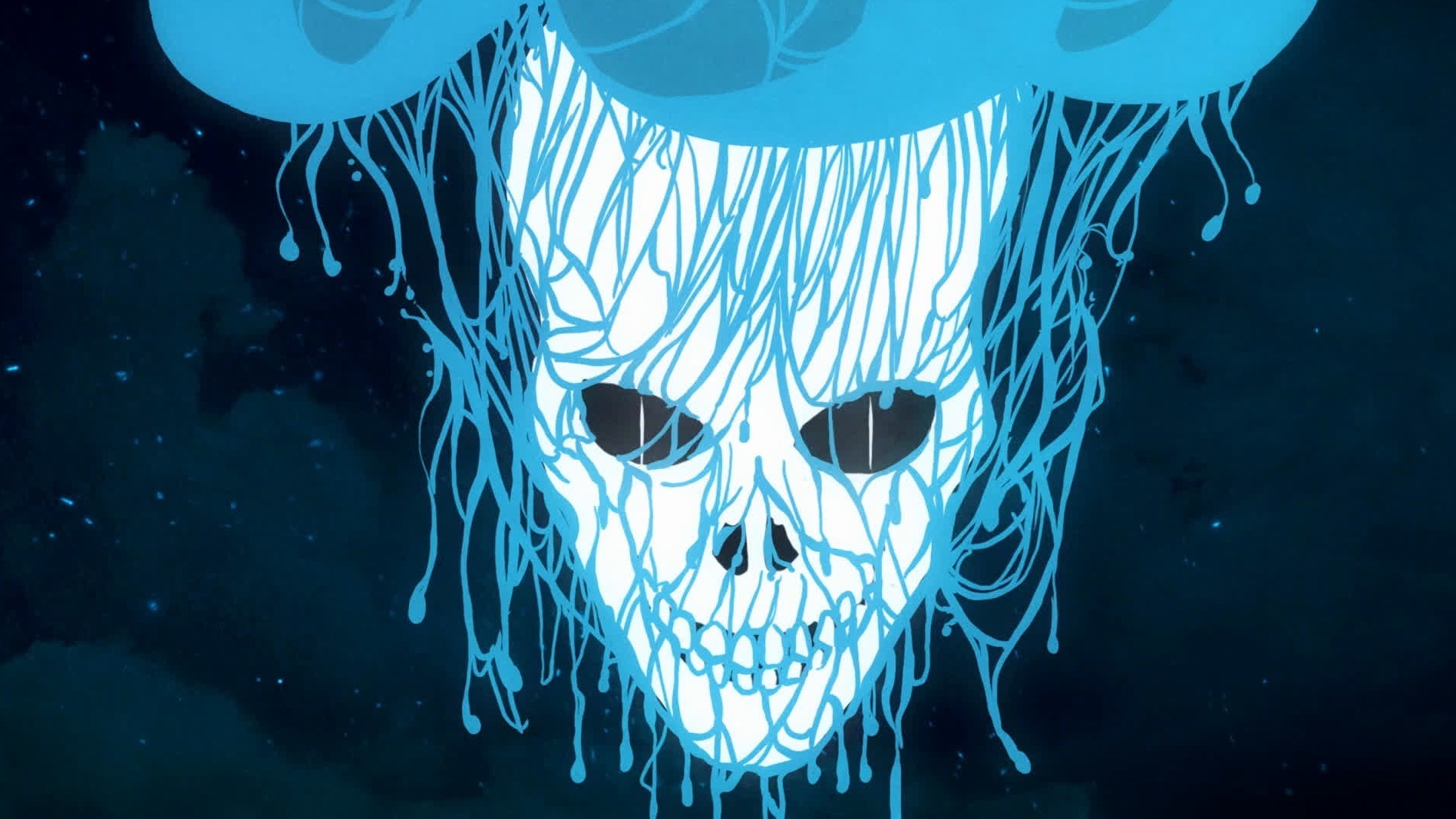A curated list of the 15 best adult animated movies from the West – one film per creator, all unforgettable. Brutal, clever, emotional, and very not for kids.
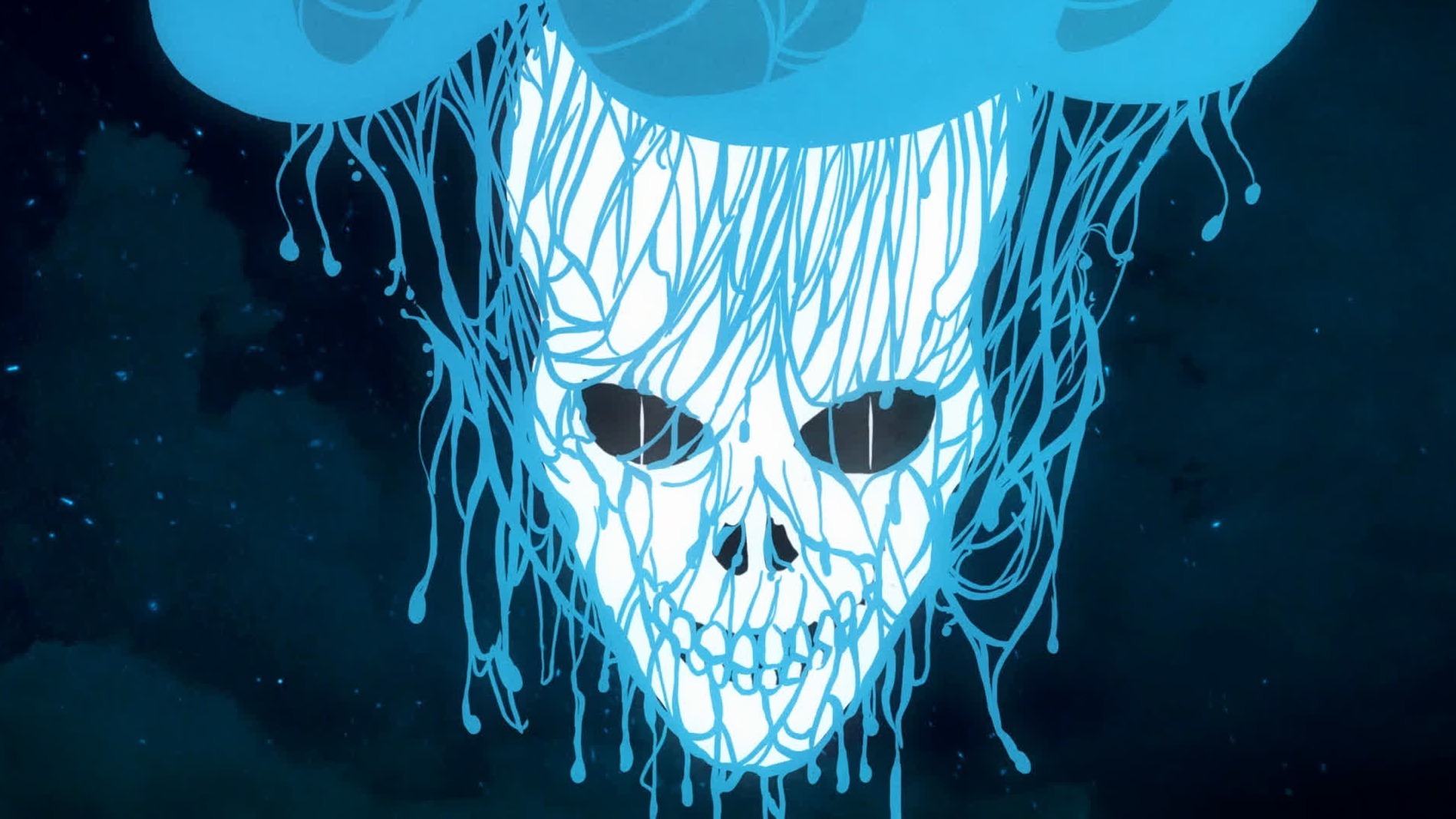
Animation isn’t just Saturday morning escapism – it’s where some of the most unfiltered, hilarious, and devastating storytelling happens. Western animators have been bending the rules for decades, giving us biting satire, absurd humor, and emotional gut punches that no live-action film could pull off. To keep things balanced (and avoid one creative genius dominating the lineup), we’re sticking to one movie per creator.
What follows is a celebration of the weird, the profound, and the unapologetically grown-up side of Western animation – films that hit hard, make you laugh awkwardly, or leave you quietly staring at the credits. And if you want to keep the ride going, you can also check out The 15 Best Adult Animated Movies from the East list for its equally mind-bending counterpart.
Memoir of a Snail (2024)
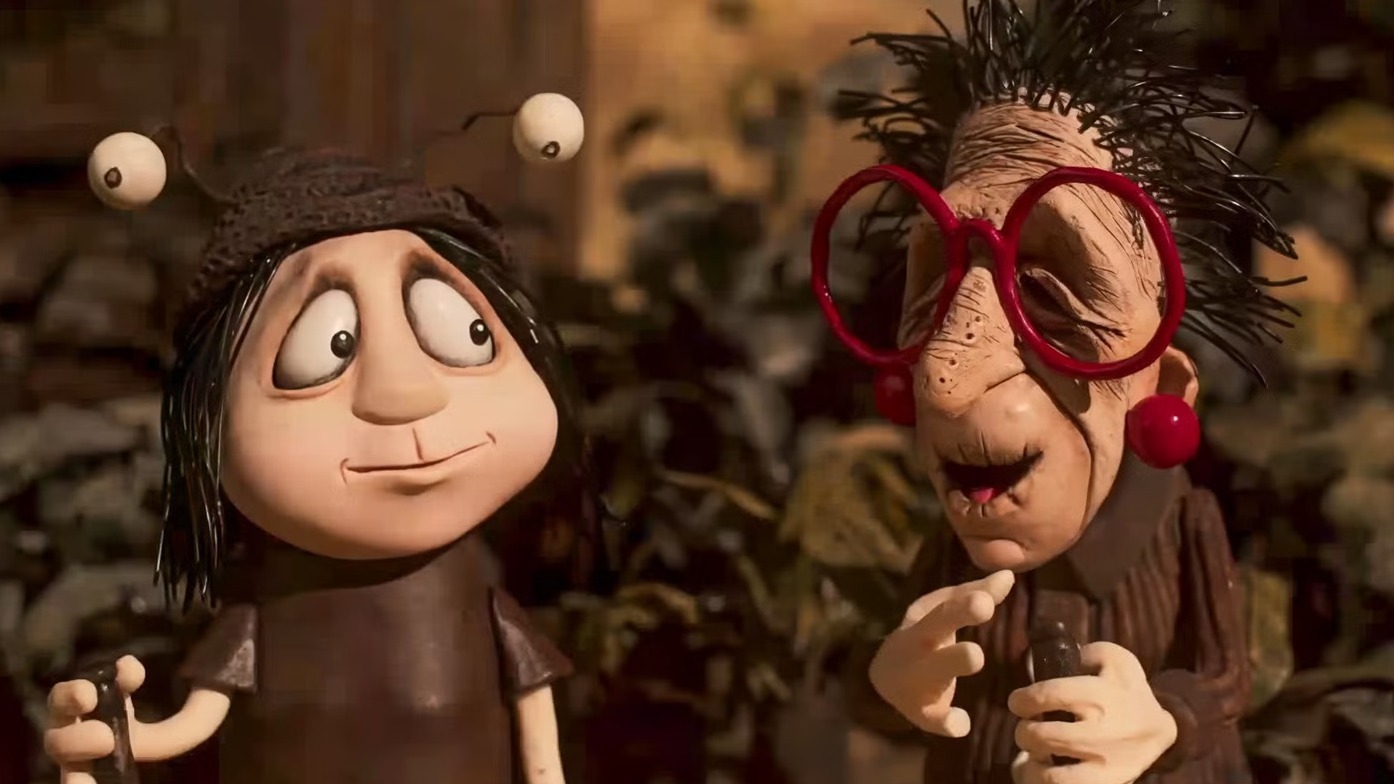
From the director of Mary and Max, this Australian stop-motion gem dives into the fragile, oddball life of Grace, a snail-loving introvert who collects melancholy like others collect stamps. Her world is equal parts heartbreak and humor, drenched in clay textures that feel both handmade and deeply human. The film wanders through loss, friendship, and mental health without ever turning saccharine, wrapping its sadness in quiet absurdity. It’s intimate, reflective, and just the right amount of bizarre – proof that animation can capture the awkward poetry of being alive. There’s no glossy spectacle here, only raw emotion molded by hand and heart.
Mars Express (2023)

Imagine a hard-boiled detective story set on Mars, where androids, hackers, and corporate conspiracies collide under neon skies. That’s the pulse of this French sci-fi noir, a sleek animated thriller that treats its audience like adults who can handle moral complexity – and a bit of existential dread. The animation style blends retro cyberpunk grit with clean futurist minimalism, making every chase scene a mood piece. Beneath the action lies a surprisingly emotional core, one that questions what “humanity” even means in a world of code and corruption. It’s cerebral, fast, and endlessly stylish – the kind of story that proves animation can still be cool without a cape in sight.
The Peasants (2022)
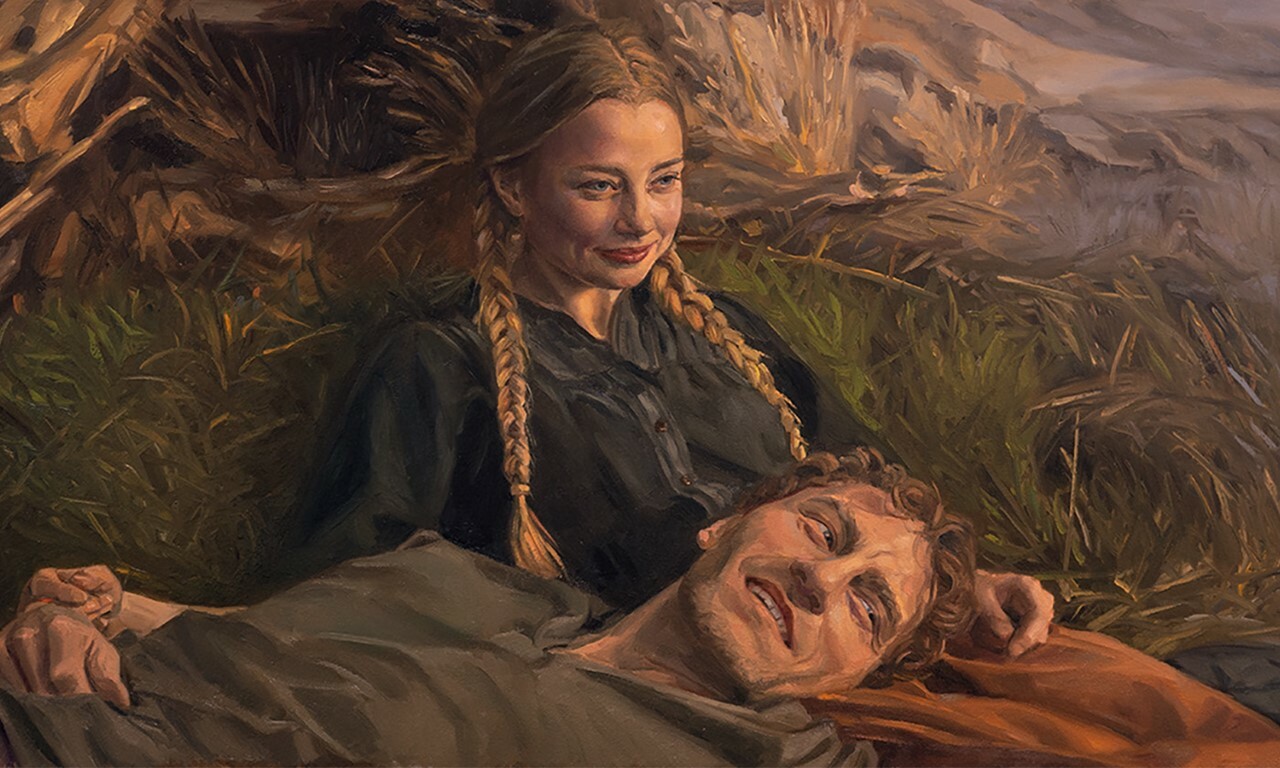
This painterly marvel feels like walking into a 19th-century Polish oil painting, only to find it moving, breathing, and gossiping behind your back. Using the same frame-by-frame technique as Loving Vincent, it tells the tragic tale of Jagna, a young woman crushed between love, lust, and the weight of rural tradition. Every brushstroke burns with color and emotion, making even silence feel cinematic. It’s an adult story not because of scandal, but because it trusts you to sit with the messiness of human desire and judgment. Watching it feels like time-traveling into art, where beauty and cruelty share the same palette.
Unicorn Wars (2022)
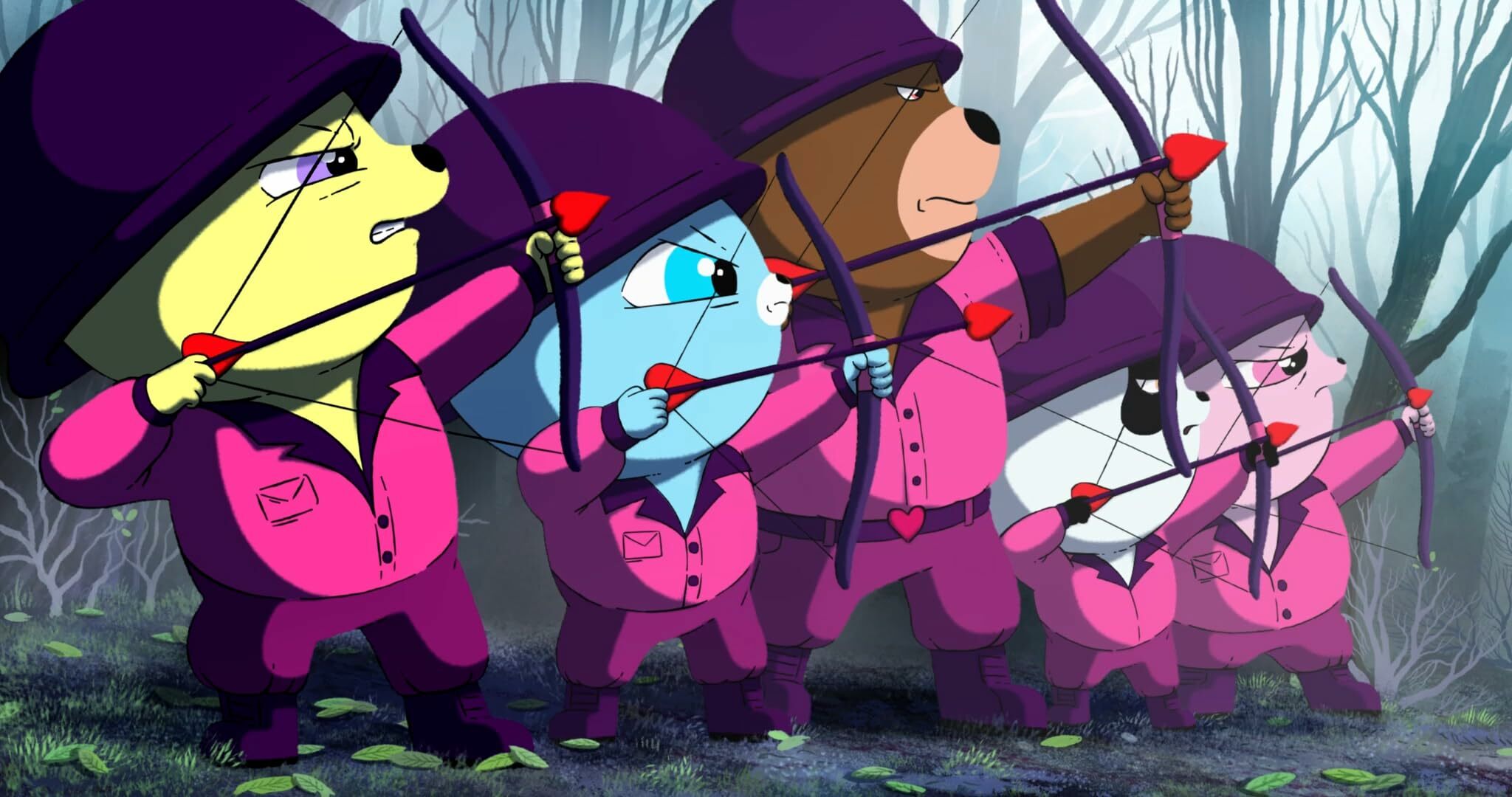
Don’t let the pastel colors fool you – this Spanish-French fever dream turns childhood nostalgia into a full-blown war movie about faith, fanaticism, and fur-covered carnage. Teddy bears go to boot camp, unicorns fight for survival, and innocence becomes collateral damage in a technicolor nightmare. It’s gorgeously deranged, dripping with irony, and oddly tender beneath the bloodshed. Director Alberto Vázquez isn’t parodying cartoons – he’s dissecting them, asking why we crave purity when everything’s already corrupt. Equal parts absurd and profound, it’s one of those films you can’t quite explain, but can’t stop thinking about either.
The Spine of Night (2021)
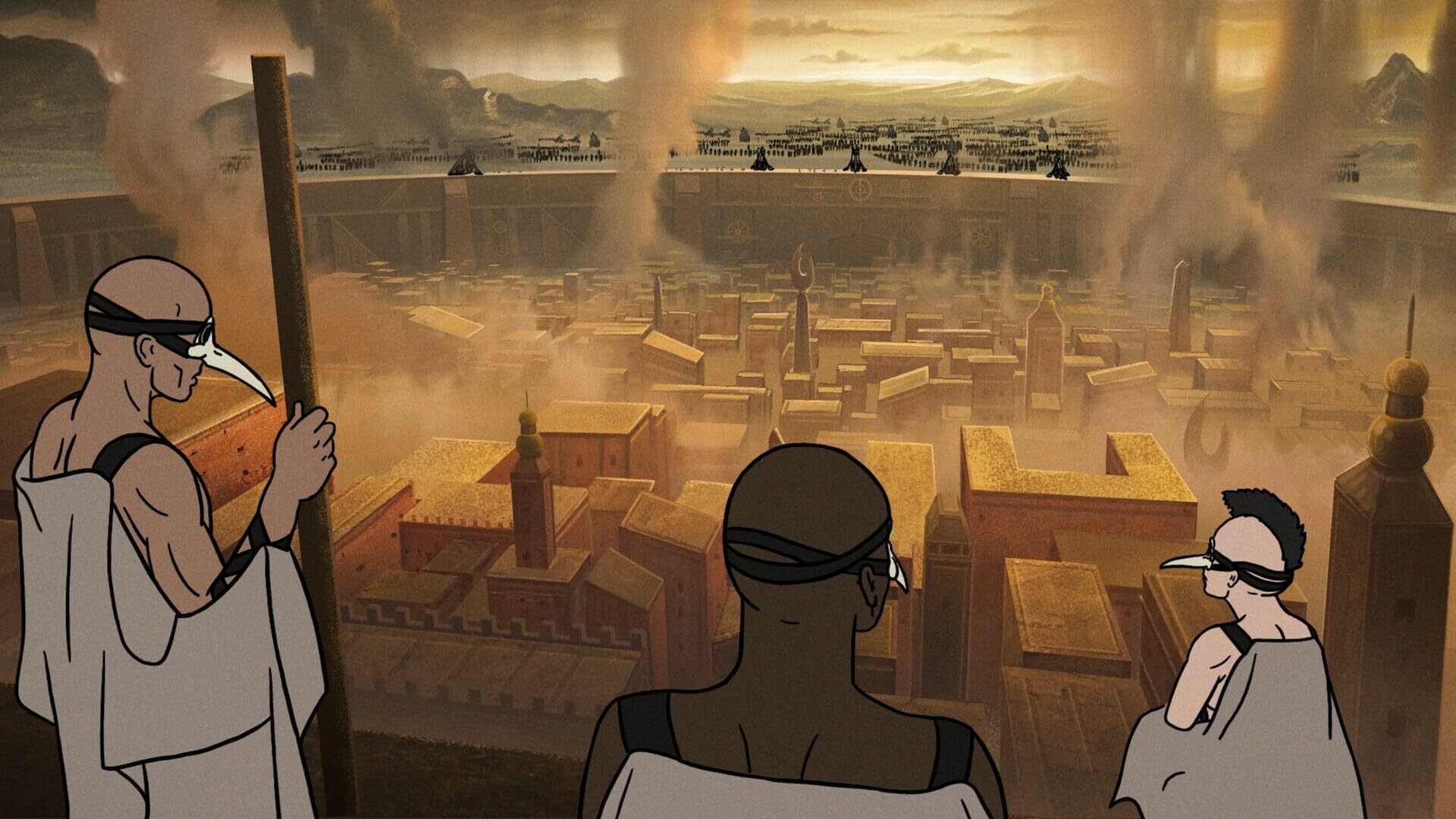
If Ralph Bakshi and Heavy Metal had a baby in a cauldron, this would be it. Rotoscoped and unapologetically brutal, this dark fantasy epic unfolds across centuries of magic, tyranny, and rebellion, where every frame feels carved in fire. It’s bloody, poetic, and defiantly old-school – an ode to the rough edges of animation’s past. The violence isn’t just spectacle; it’s mythological, symbolizing humanity’s eternal lust for power. Voice actors like Lucy Lawless and Richard E. Grant lend it a theatrical gravitas that elevates every scream and spell. The result is haunting, hypnotic, and absolutely unfiltered.
Mad God (2021)
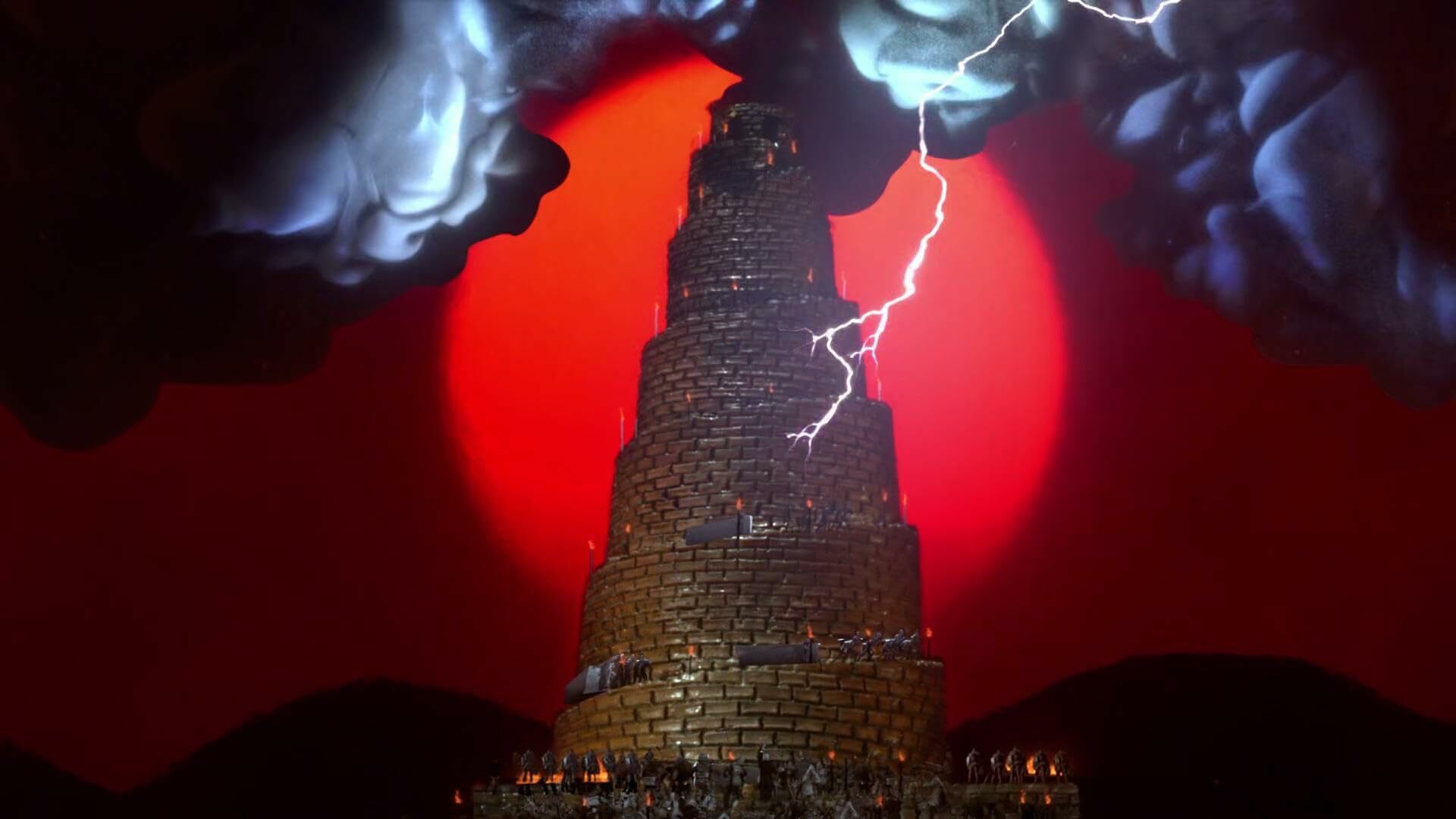
A thirty-year labor of love (and nightmares) from creature-effects legend Phil Tippett, this stop-motion odyssey throws you into a hell-scape of war pigs, diving bells, ruined cities and existential dread. It’s not polite entertainment: you don’t walk in expecting jokes and leave humming tunes. Instead you wander through a visual poem of decay and creation, where puppets, monolithic machines, and dread all converge. The craft is insane – every monster feels handmade, every frame earned – and the result is an adult animation that functions like a fever dream. You might not totally “get” it on a first watch, but you’ll remember it. Honestly, if you need proof that animation is still its own wild frontier, this is it.
The Wolf House (2018)
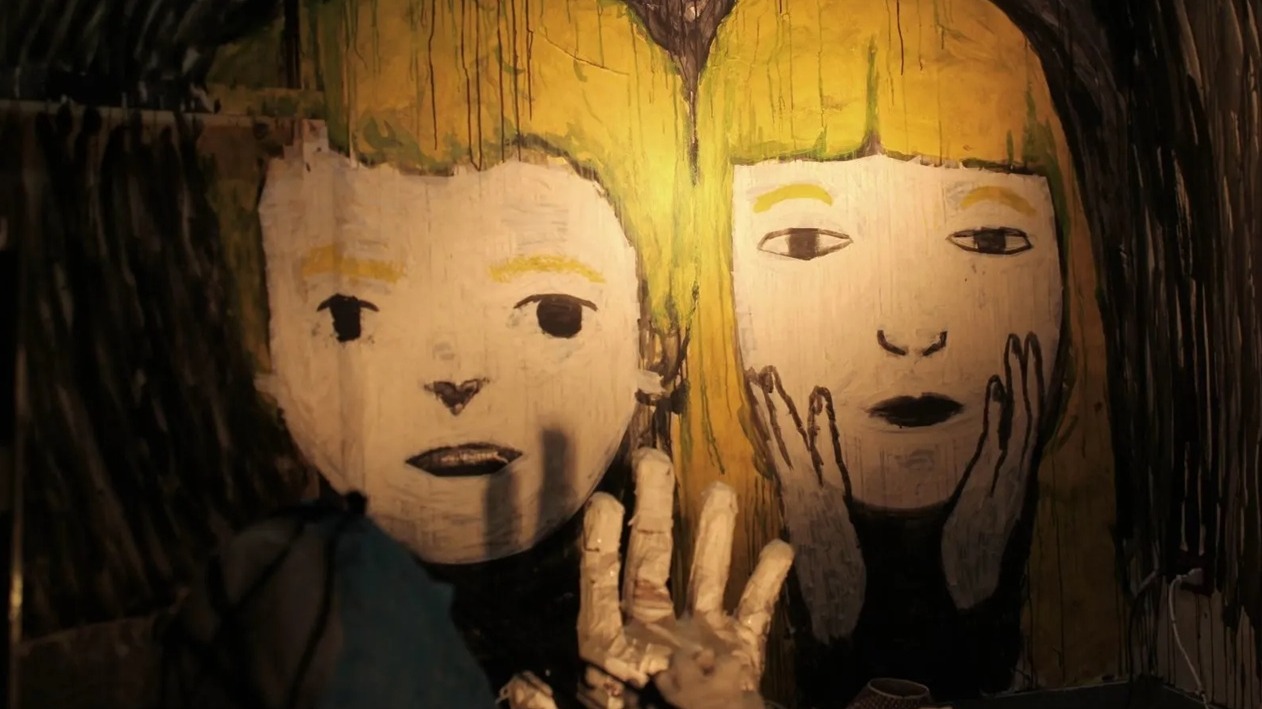
This Chilean stop-motion/puppet hybrid blows the “fairy tale” idea upside down: what starts dreamy quickly becomes weirdly claustrophobic, surreal and full of psychological shadows. The story of a girl fleeing a cult colony only to enter a strange house full of shifting walls, pigs-turned-humans and hidden violence – yeah, it doesn't chill. The visuals play like art-installation meets nightmare, textures melting, colors shifting, and the house itself becomes a character. Because it's adult animation, it trusts you to sit with the ugliness and the beauty both. With its roots in the real-life horrors of Colonia Dignidad and a production that took years in gallery-spaces, this is indie animation at its trippiest. If you thought you knew what animation could do – think again.
Anomalisa (2015)
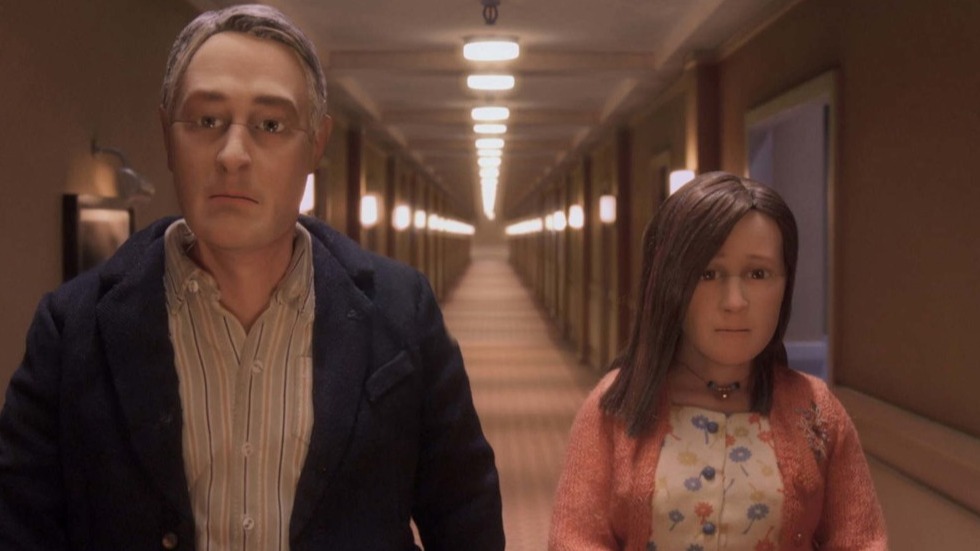
Immersive and deeply weird, this one finds human loneliness through puppets – yes, real guys with stringless, lifelike faces – directed by Charlie Kaufman and Duke Johnson. It’s a hotel story, a meeting of two people, but with voices that all sound the same (save the one that matters), and suddenly you’re hyper-aware of the textures of being seen and unseen. The stop-motion is subtle and intimate; not big demons or explosions, but internal monsters, heartbreak, unmet connection. Because it’s adult animation, it doesn’t shy from quiet suffering, awkwardness, and the fact that you might be your own worst barrier. By the end you’ll ask: can puppets break your heart? Turns out, yes.
It’s Such a Beautiful Day (2012)
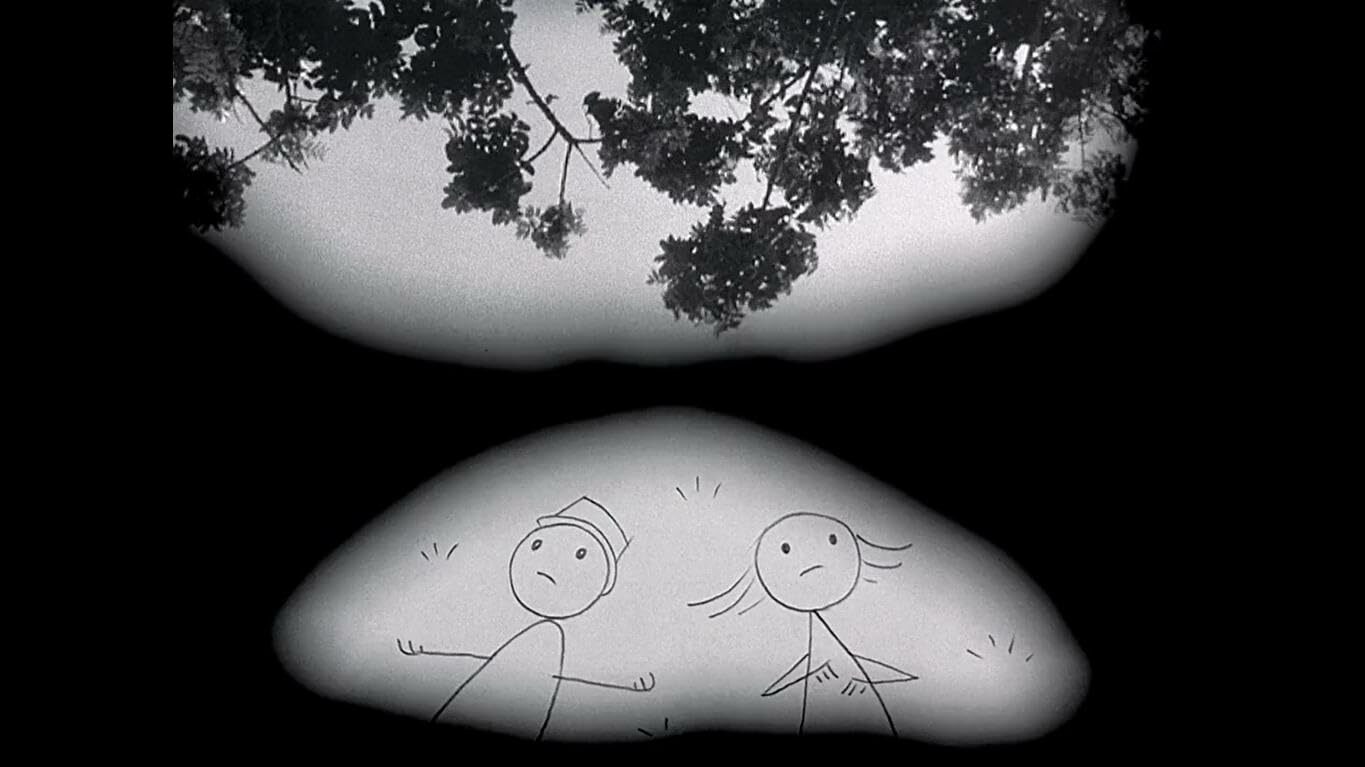
Minimal, existential, and stick-figure simple – but don’t let that fool you. Don Hertzfeldt crafts a film that takes you from mundane routines (buying milk) to cosmic endings (universal oblivion) with a style that’s absurd, tender and painfully truthful. The animation technique is rugged, handmade, split-screens, old cameras and rawness all over, yet the emotional punch lands like a heavyweight. It’s adult not because of violence or sex, but because it gives you big questions and nowhere to hide. If you’ve ever felt time slipping, or memory failing, or “what am I doing here” in your bones – this one gets you. Beautiful, bleak, weird as hell.
Idiots and Angels (2008)
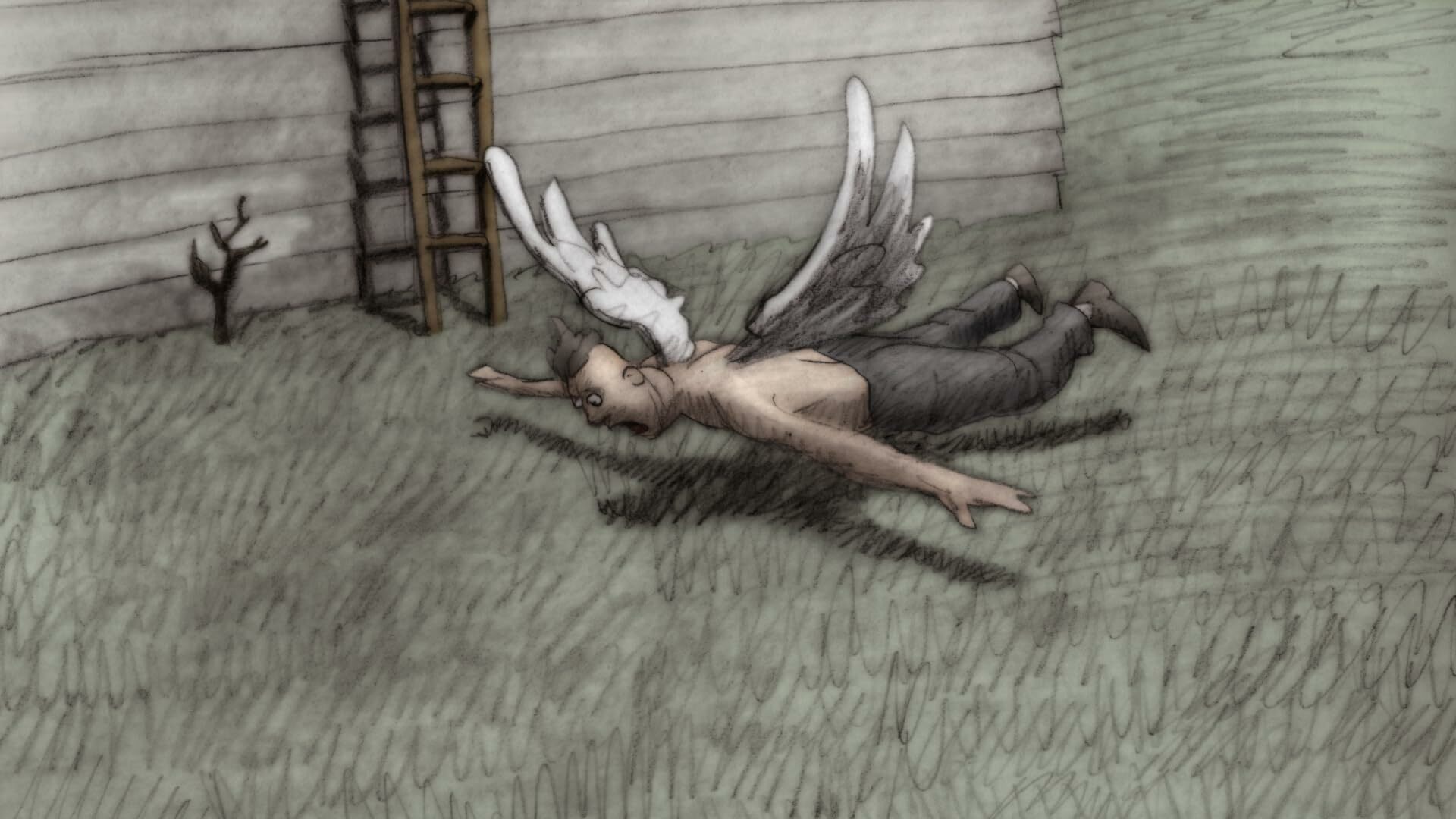
Bill Plympton’s dark fable about a cynical guy named Angel who wakes up one morning with massive wings is weird, gnarly and oddly moving. No dialogue, just visuals and mood: wings as burden, wings as change, wings as something forced on a jerk who might secretly want redemption. Hand-drawn, sketchy, weirdly funny and disturbingly vulnerable – the kind of adult animation that doesn’t behave. The wings aren’t superpowers, they’re consequences. And what starts twisted ends strangely hopeful (well, maybe). If you’re up for visual weirdness, moral chaos, and a cartoon that doesn’t look like a cartoon – you’ll dig this one.
When the Wind Blows (1986)
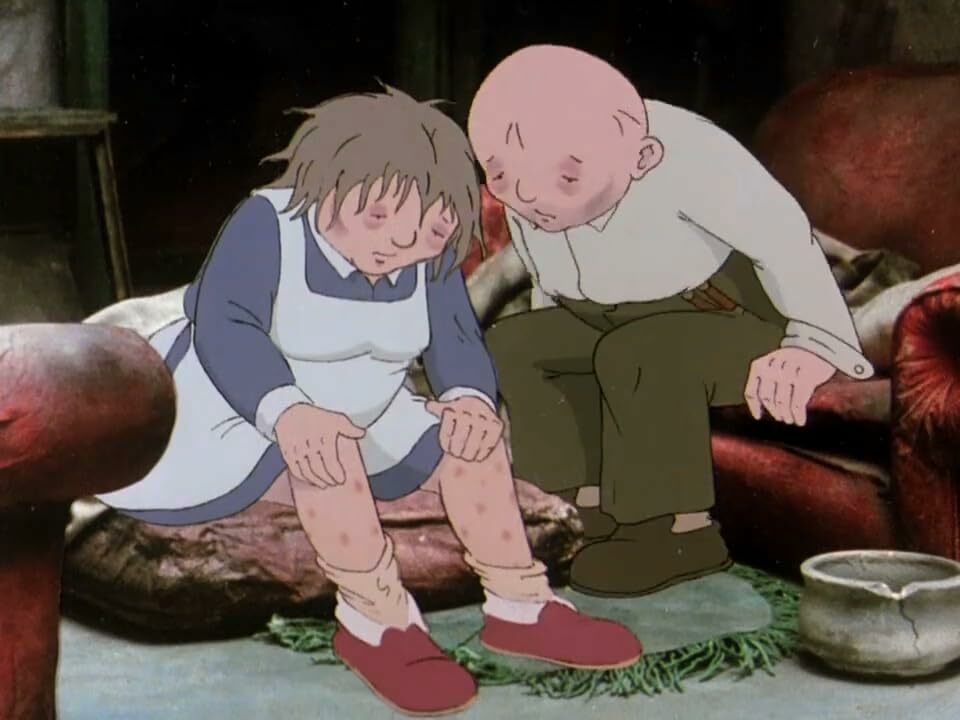
It starts as a tender domestic tale of an elderly British couple preparing for a nuclear war with naïve optimism – and then, the dread sets in. Adapted from Raymond Briggs’ graphic novel, this film quietly devastates you through pencil-drawn kindness and watercolor doom. It’s a love story, a tragedy, and a haunting social critique wrapped in deceptively gentle animation. There’s no gore or spectacle, just innocence dissolving in the fallout dust, frame by frame. It’s adult animation that whispers rather than screams, and that’s what makes it hit so hard. Once seen, you’ll never forget the sound of calm voices in catastrophe.
The Plague Dogs (1982)
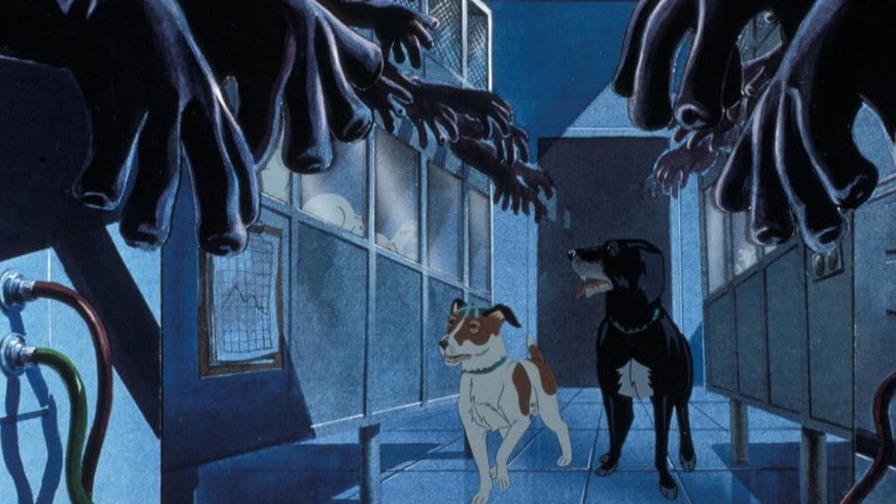
From the team behind Watership Down comes another emotional gut punch – only this time the animals talk, bleed, and philosophize their way through trauma. Two lab dogs escape a research facility and wander the English countryside, hunted by humans who assume the worst. It’s grim, yes, but also profoundly empathetic, a meditation on freedom and cruelty that lingers long after the credits. The animation style is raw, not polished – perfectly suited for a world where innocence rarely survives. You’ll question who the real “beasts” are before the end. It’s not an easy watch, but it’s one that sticks.
Fantastic Planet (1973)
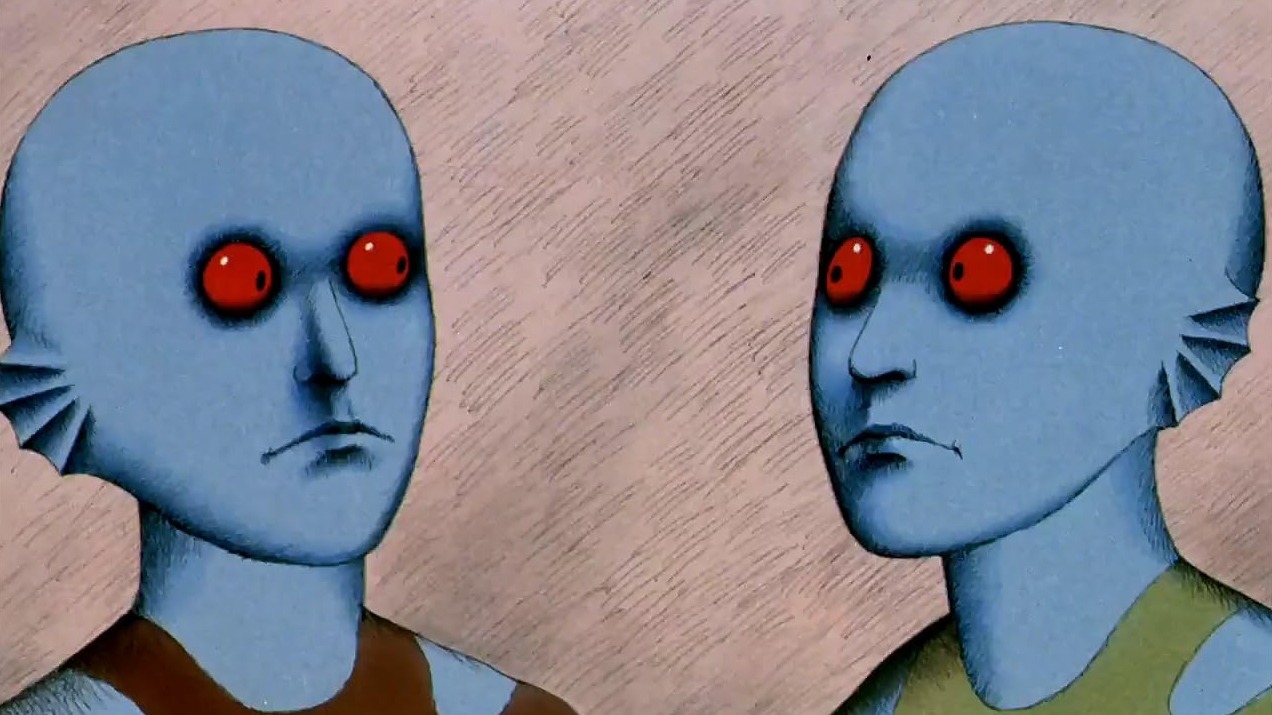
Surreal, hypnotic, and maybe a little terrifying, this French-Czech sci-fi fable drops you onto a world where giant blue aliens keep humans as pets. The visuals look like 1970s progressive rock album covers come to life – dreamlike, uncanny, and politically sharp under the psychedelia. Every image doubles as metaphor: control, rebellion, and the chaos of evolution. It’s the kind of “trip” that works with or without, well, substances. Even decades later, it feels timeless – proof that animation can be both wildly imaginative and socially charged. There’s nothing quite like it, and that’s still true today.
Fritz the Cat (1972)
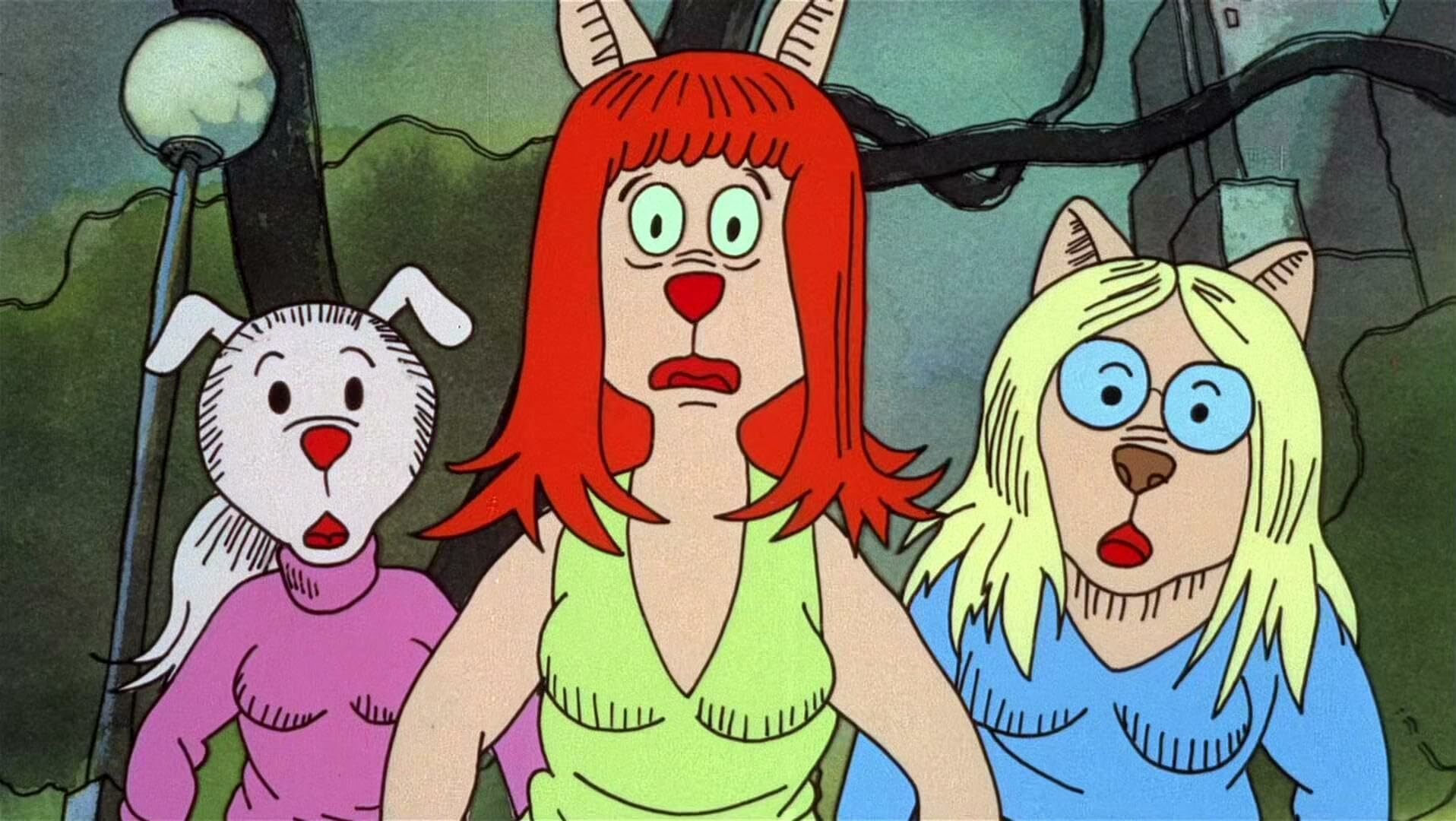
Here’s the one that blew the doors off animation’s G-rated reputation. Ralph Bakshi’s debut feature (based on Robert Crumb’s comic) is lewd, loud, and politically incorrect in every possible direction. It’s a snapshot of late-’60s counterculture – race, protest, and nihilism – all filtered through a rather unusual cartoon cat. What makes it endure isn’t shock value, but honesty: it’s messy, satirical, and unfiltered in a way studio animation wouldn’t dare. The hand-drawn grime of New York practically sticks to your fingers. It’s the film that proved animation could be radical, adult, and gloriously offensive – all at once.
Animal Farm (1954)
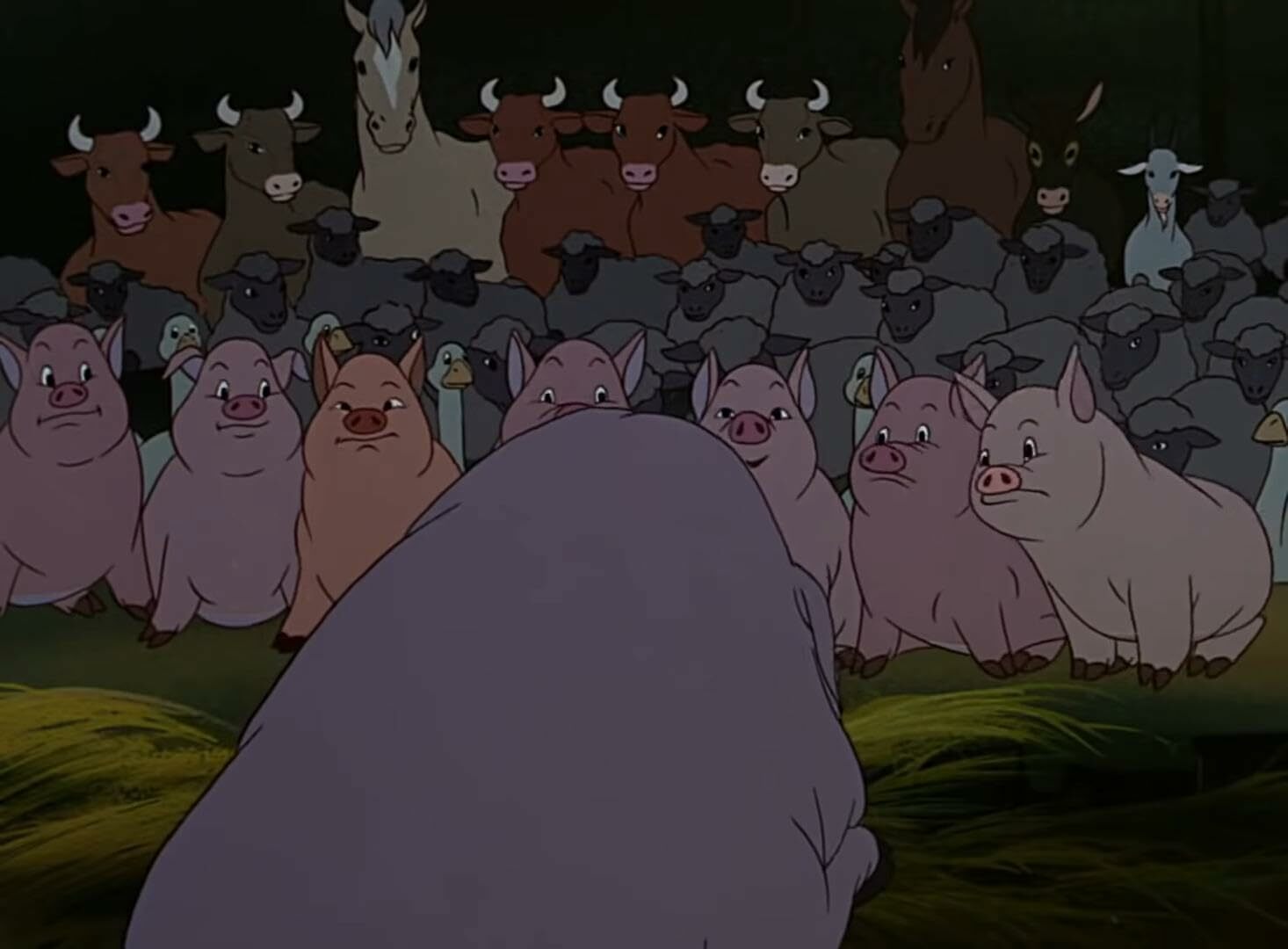
Long before modern studios toyed with political allegory, this British adaptation of George Orwell’s classic delivered one of the first truly adult animated features. The animals may look storybook-cute, but what unfolds is pure Cold War nightmare – rebellion, corruption, and propaganda in crisp cel animation. It’s historical, yes, but still unnervingly relevant, reminding us how revolutions tend to eat their own. The mix of simplicity and savagery makes it unforgettable, and its ending – altered from Orwell’s original – adds an extra sting. Decades later, it stands as a cornerstone of animation’s grown-up evolution.
